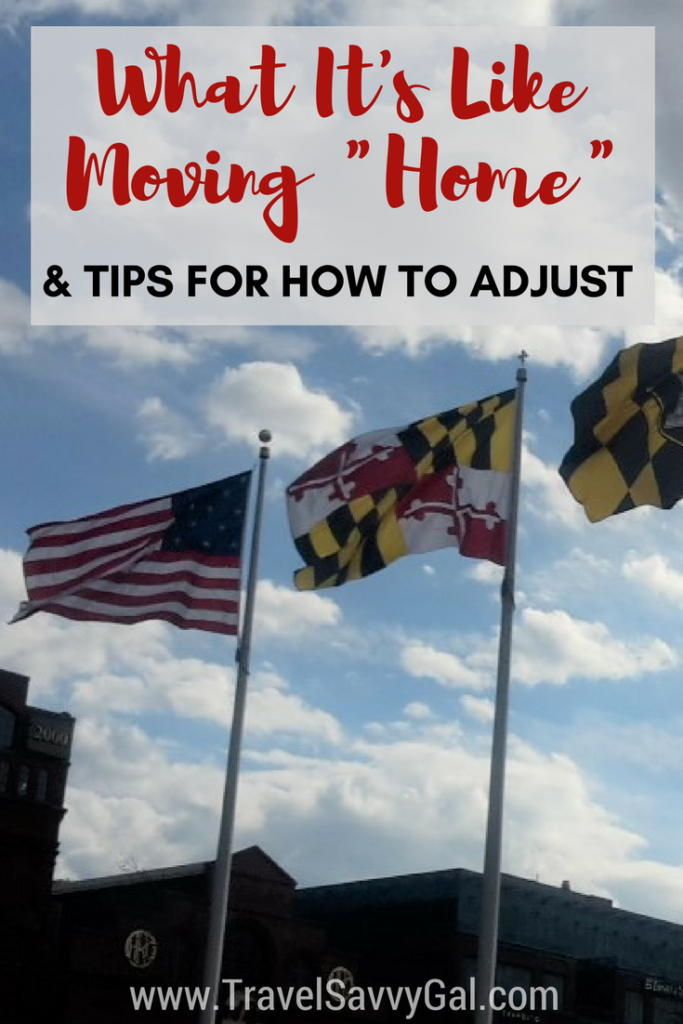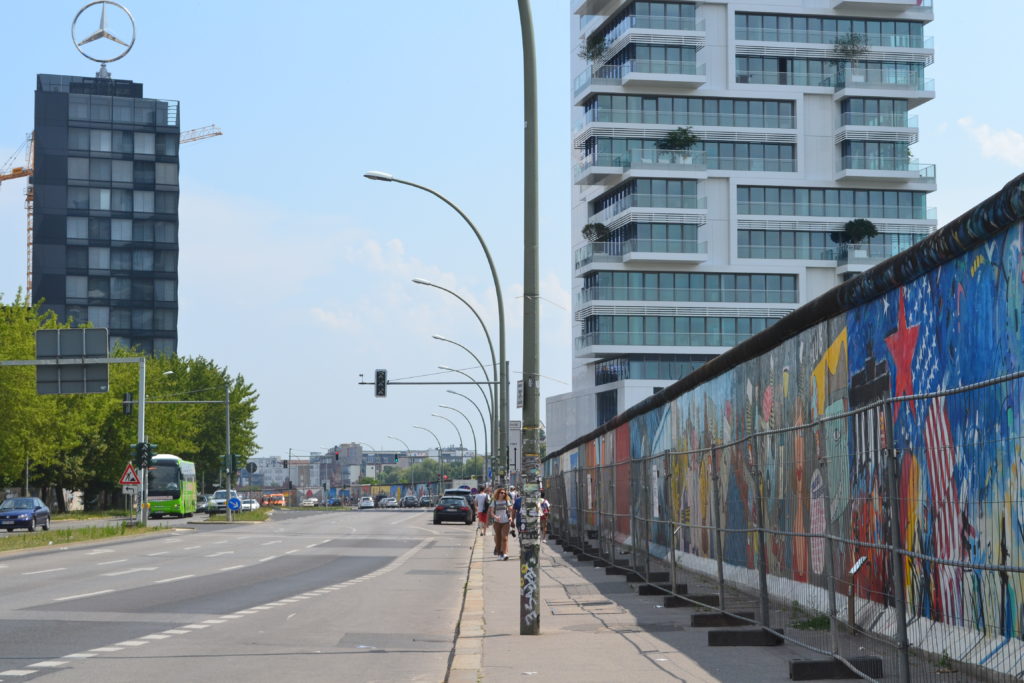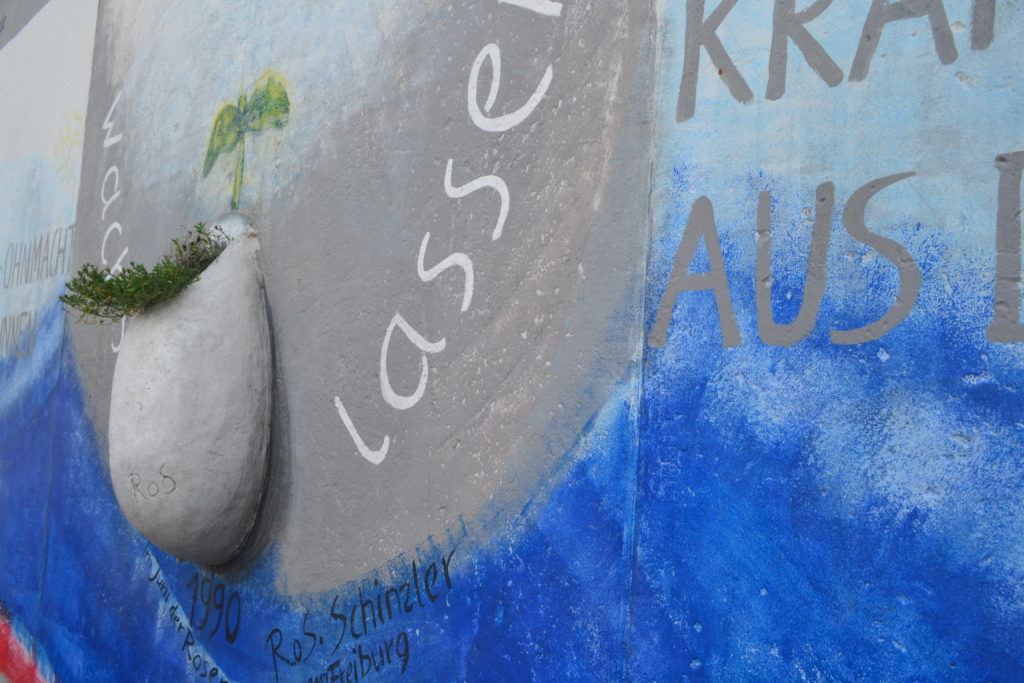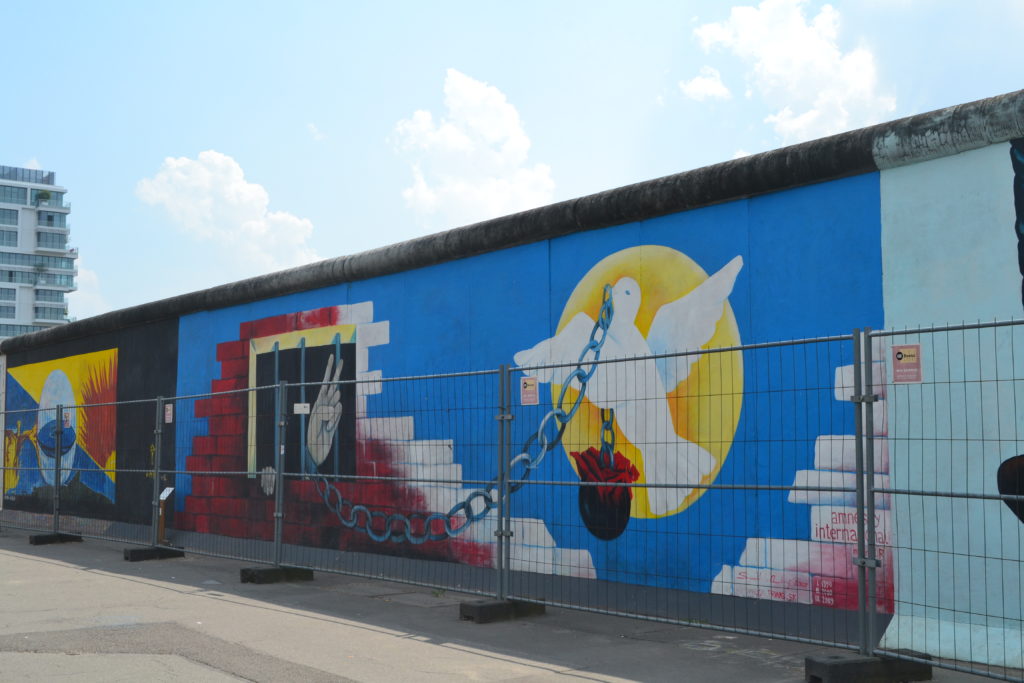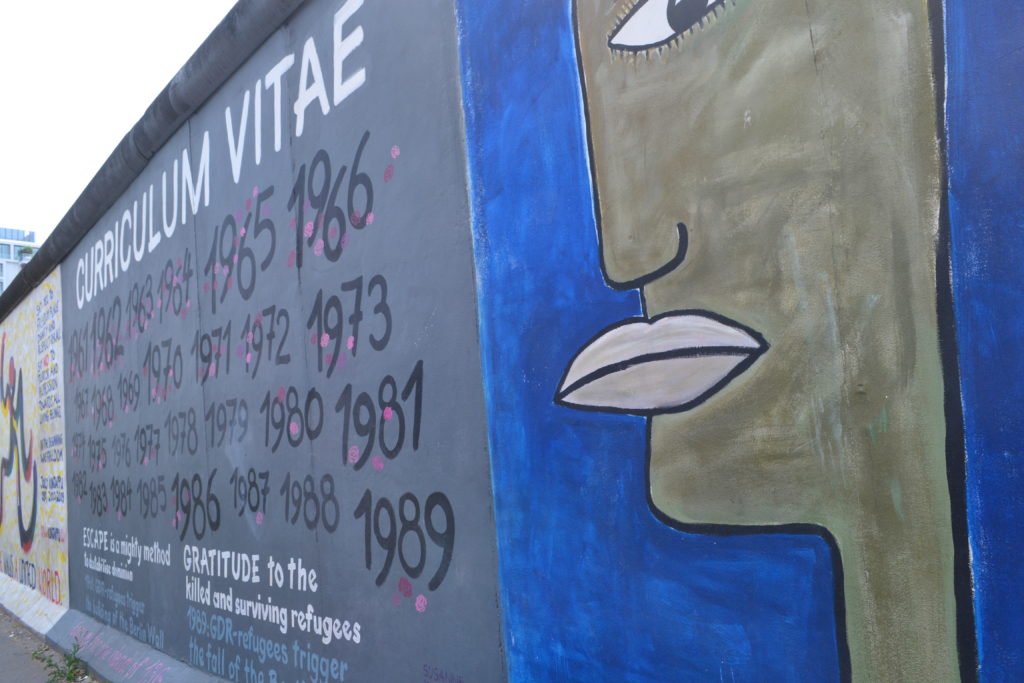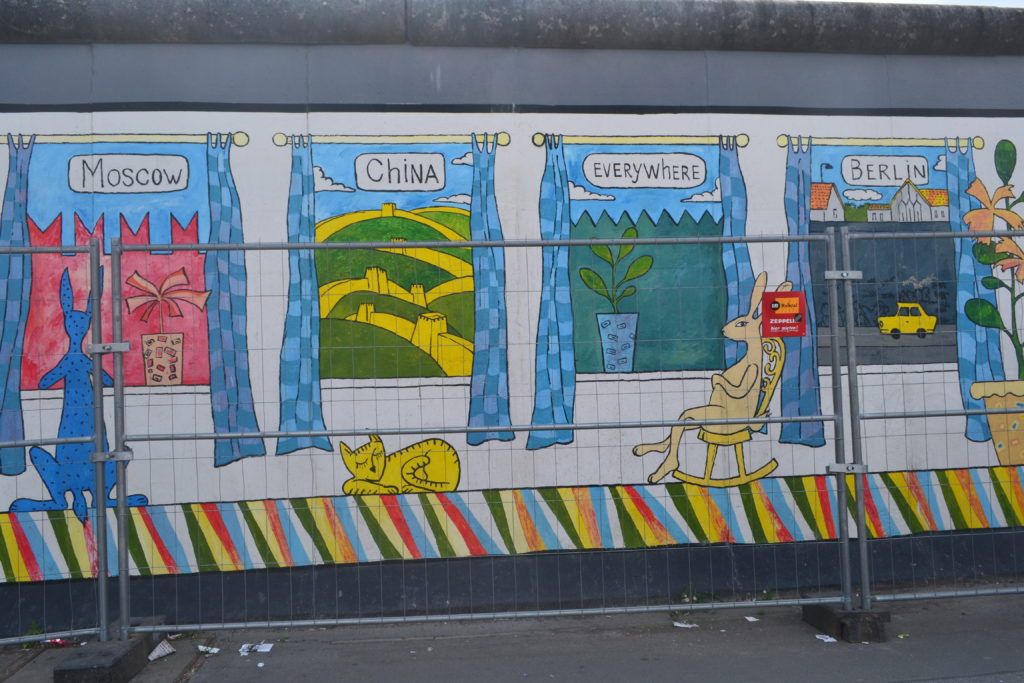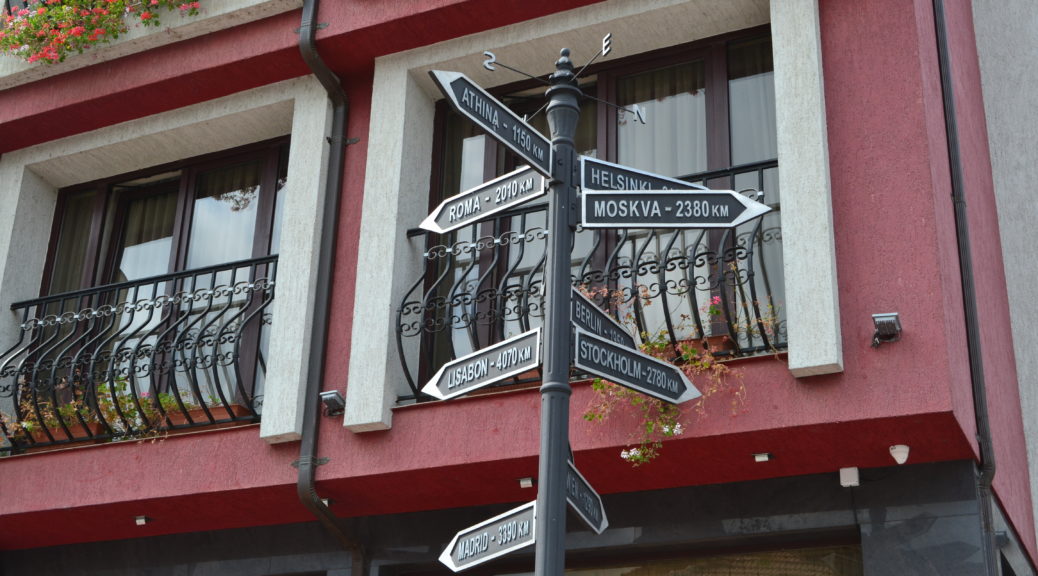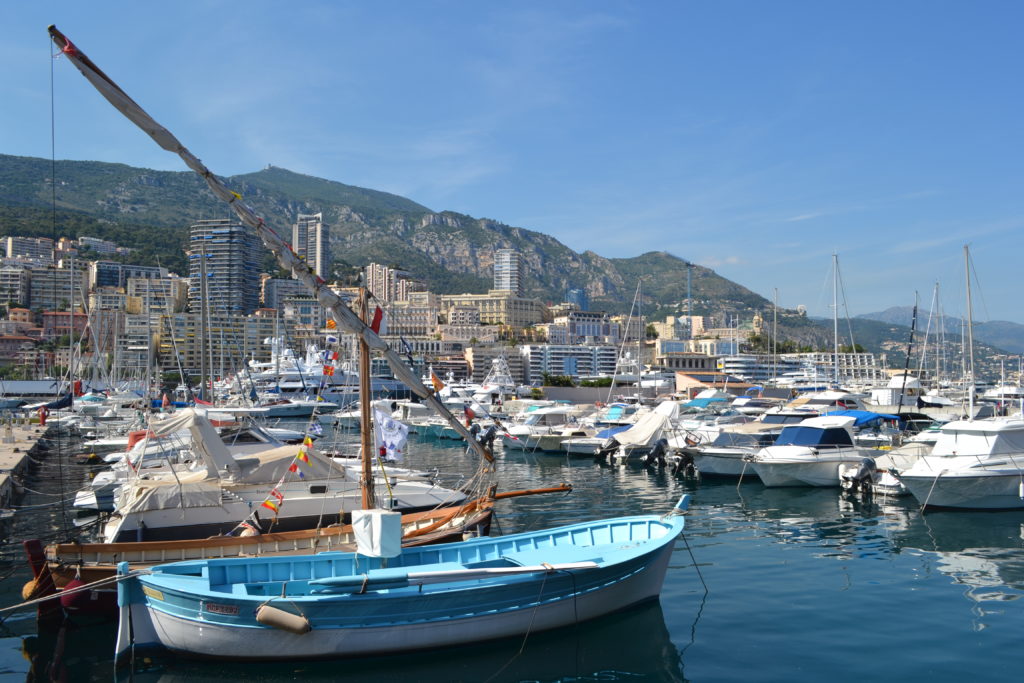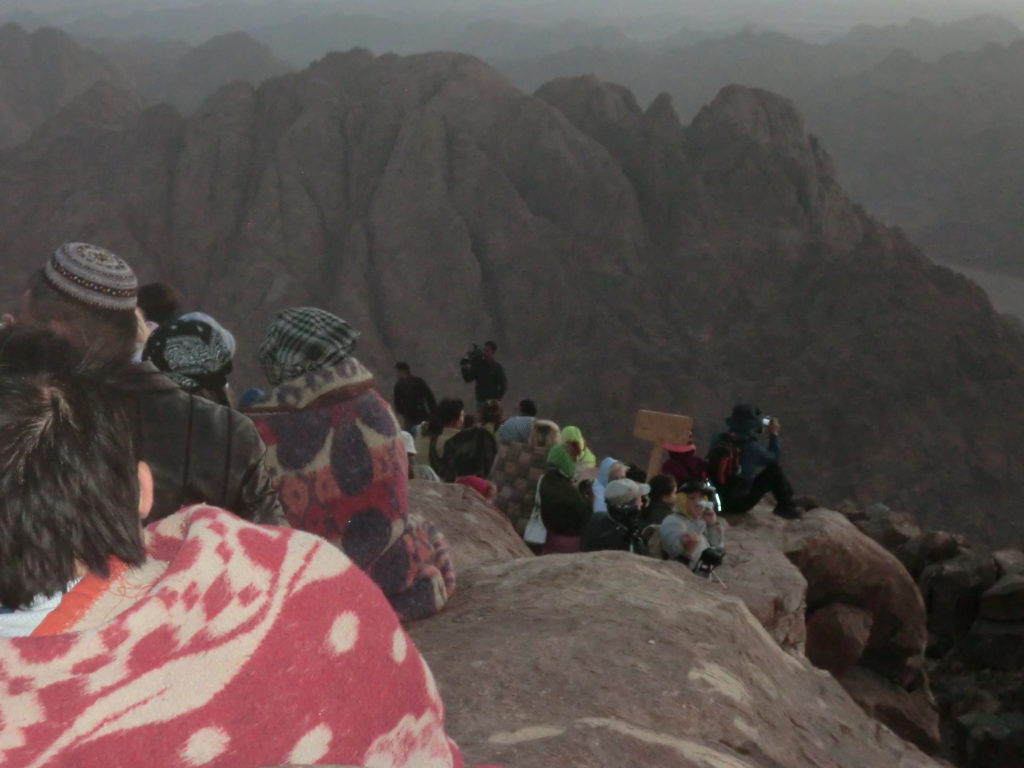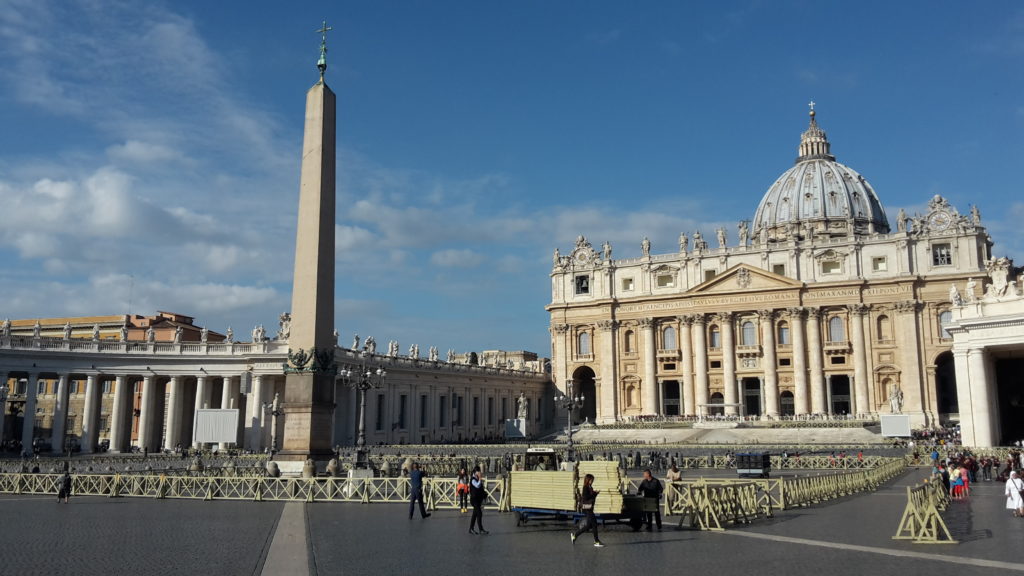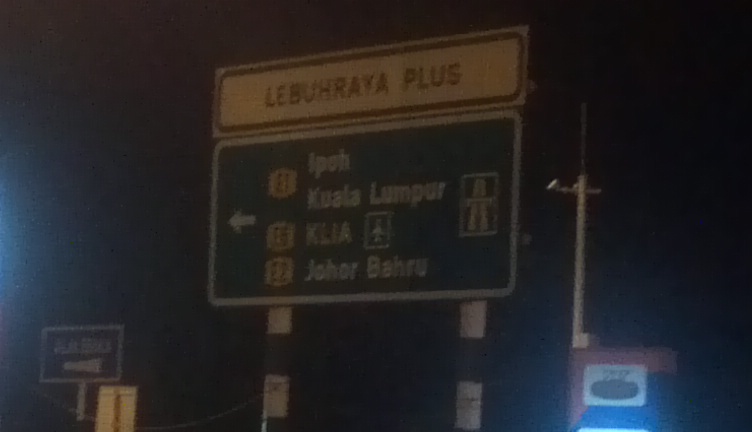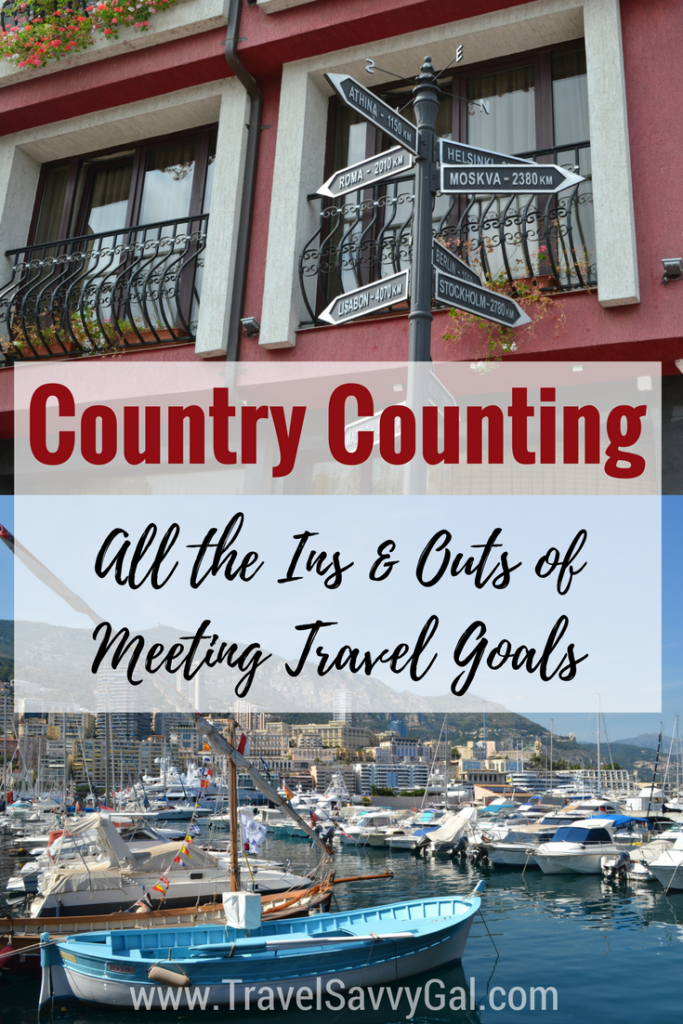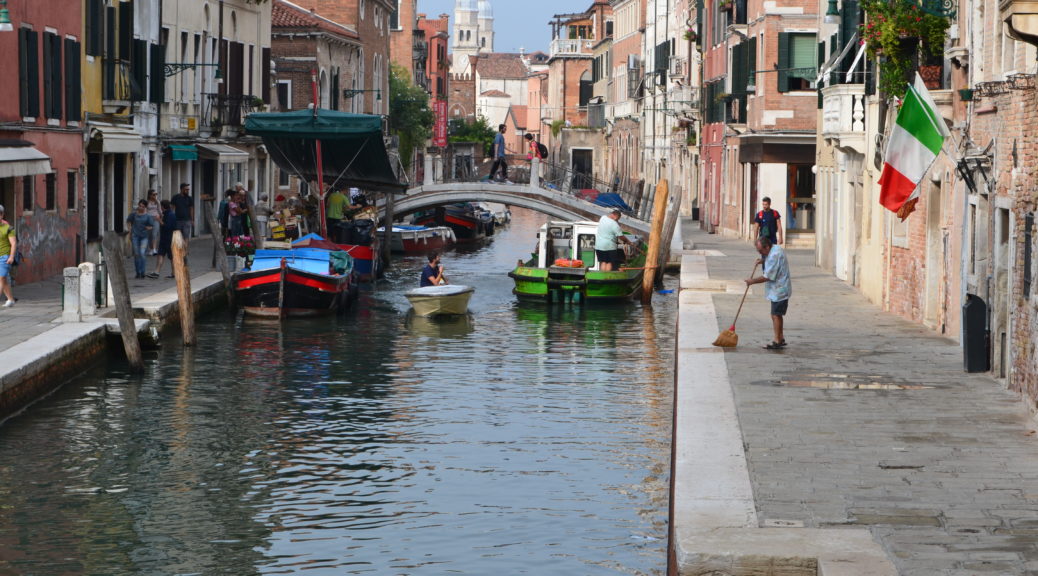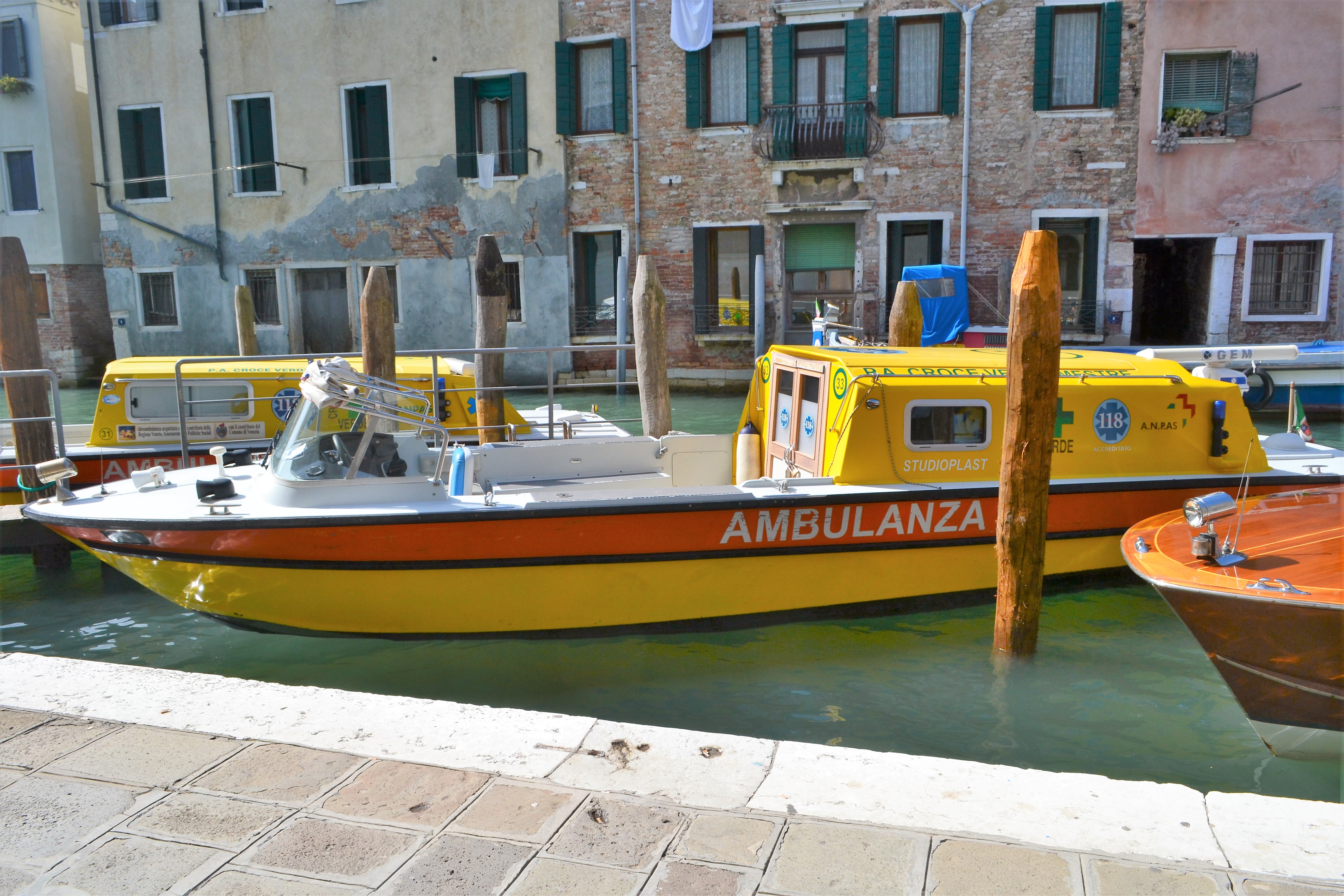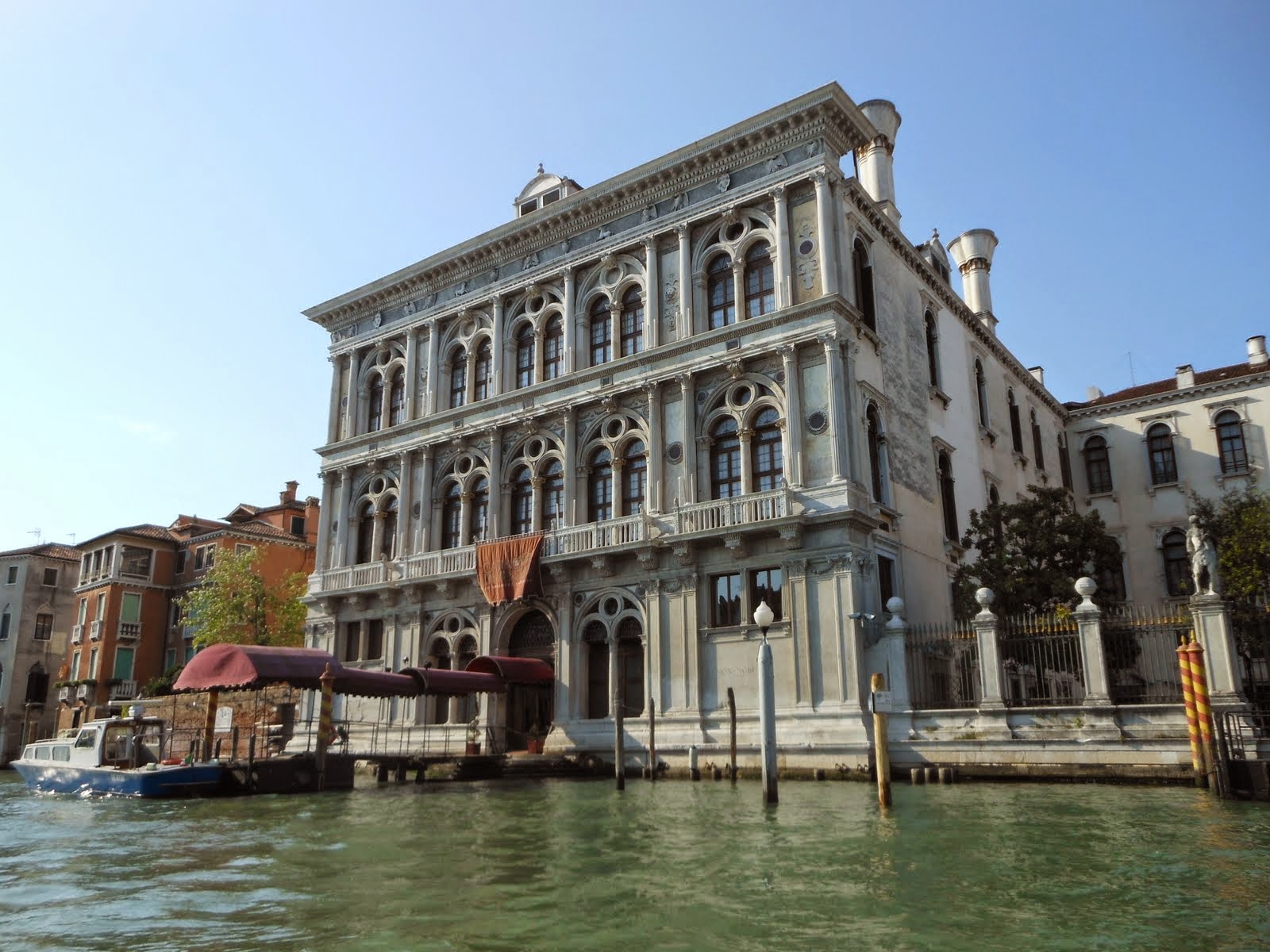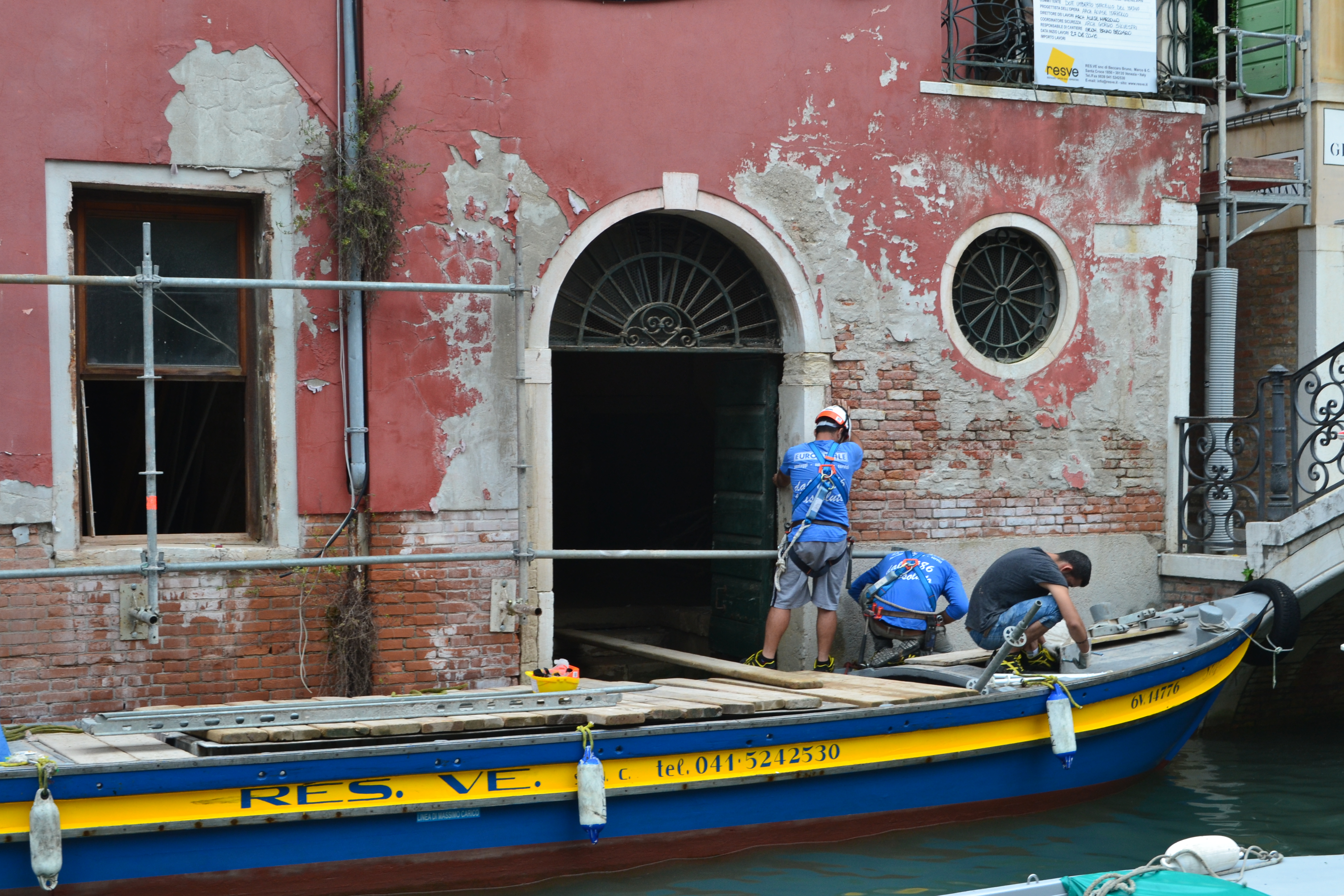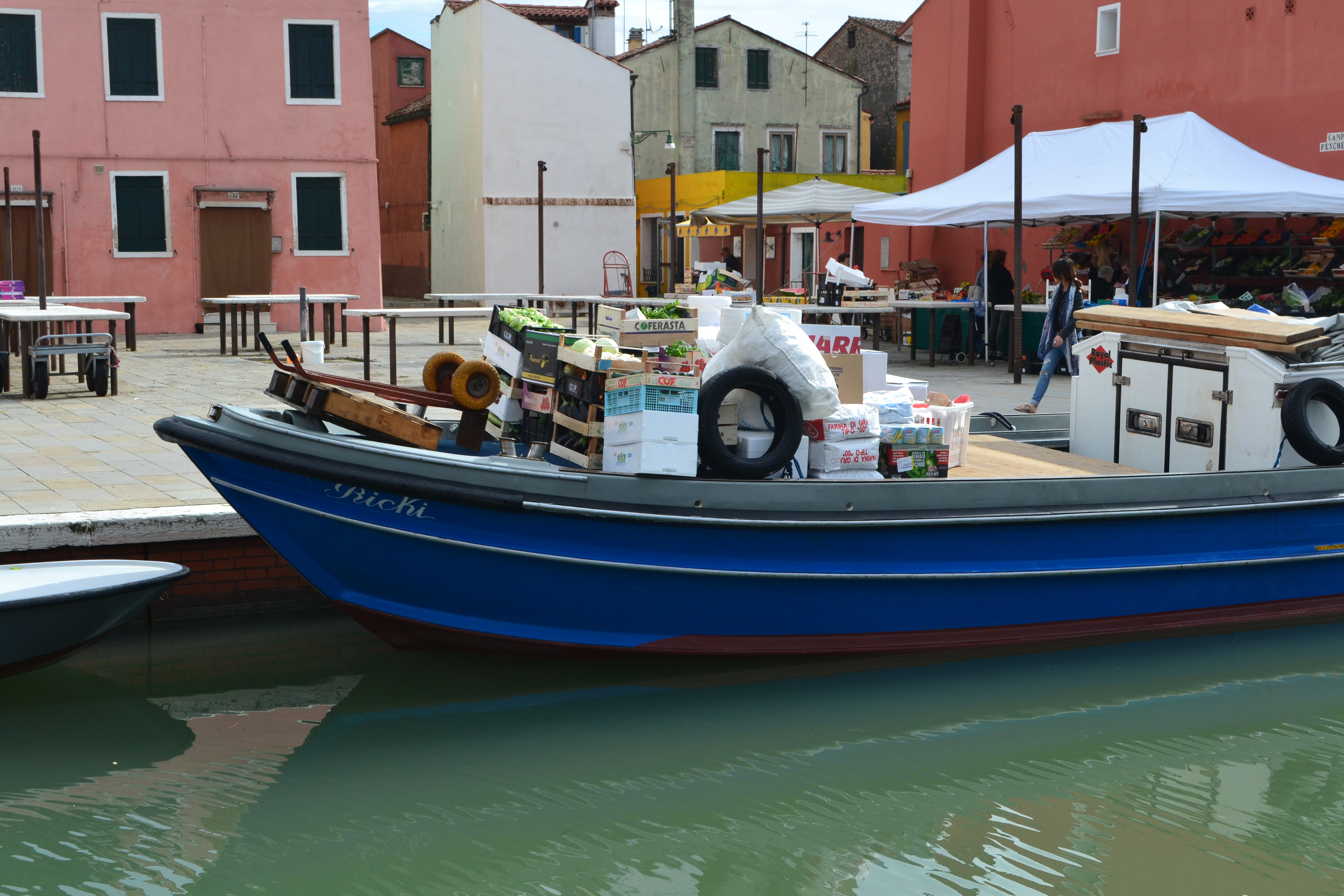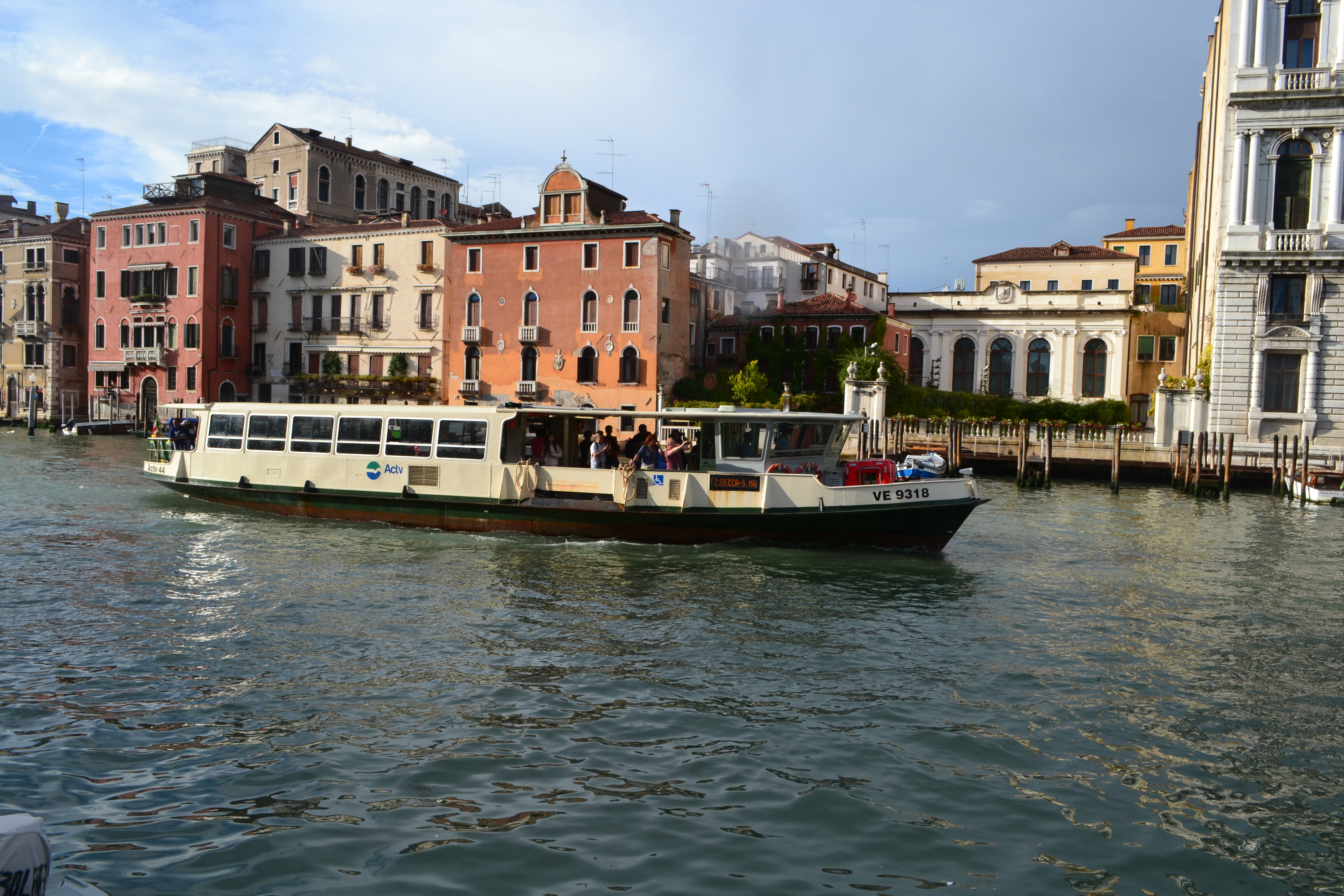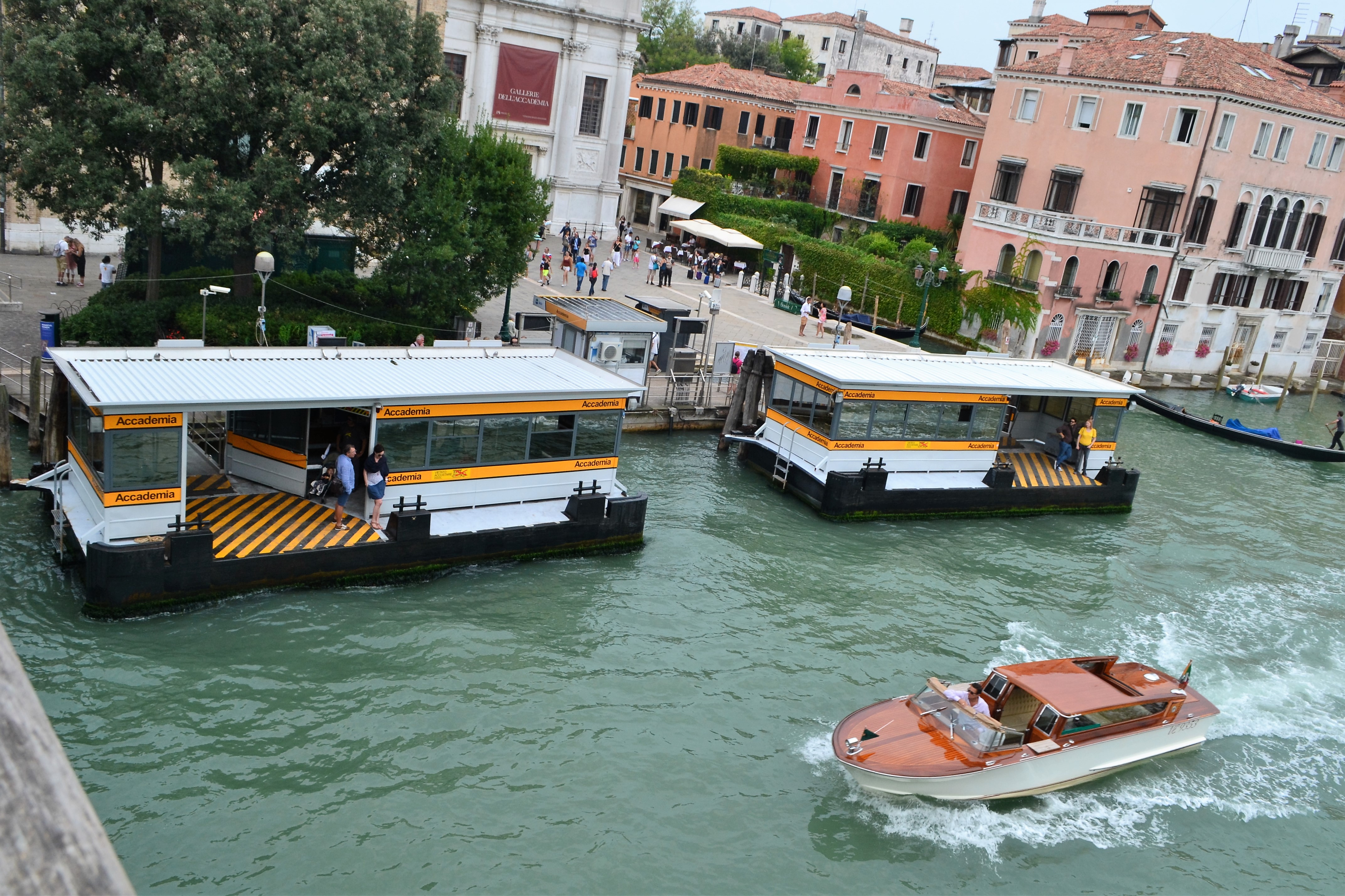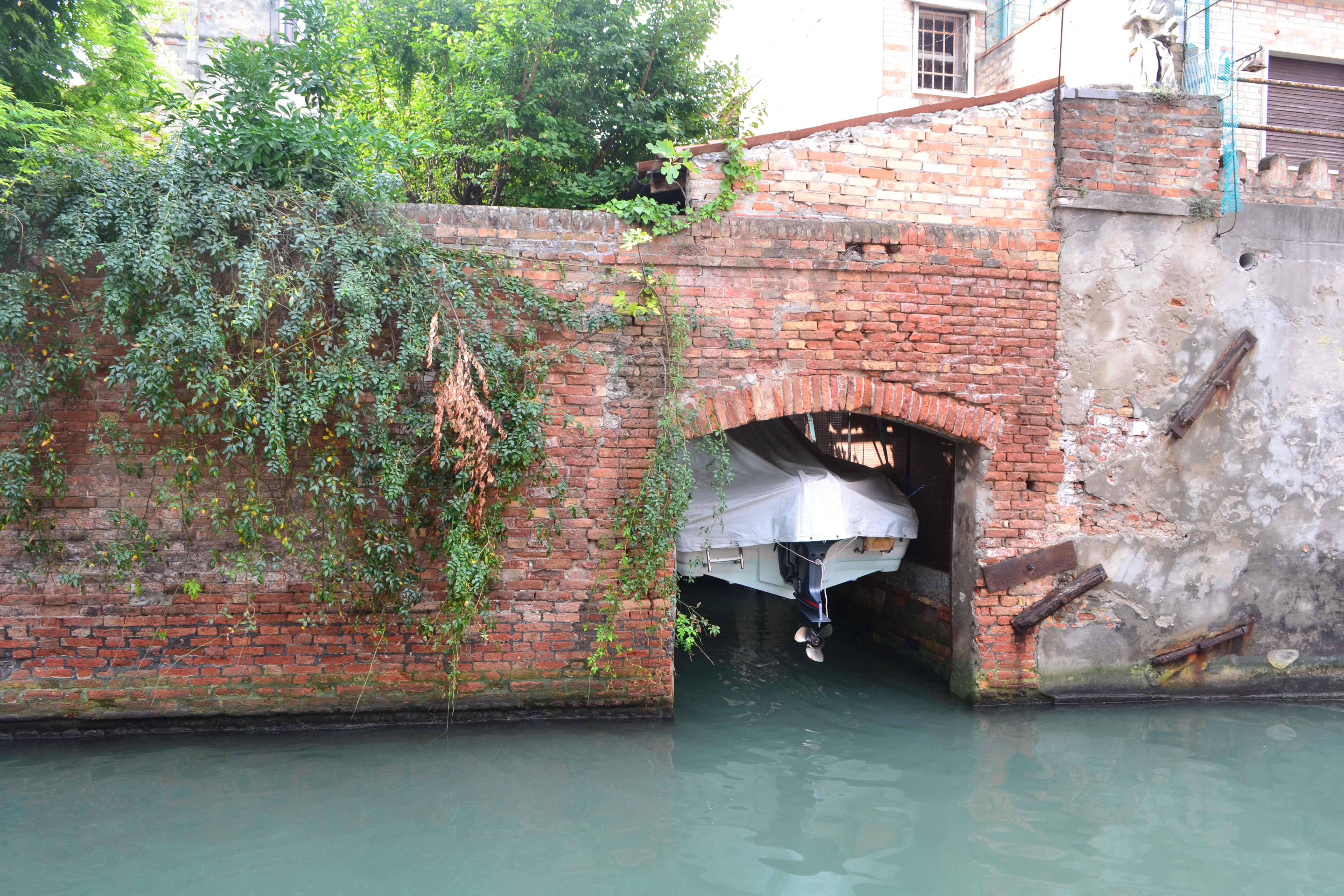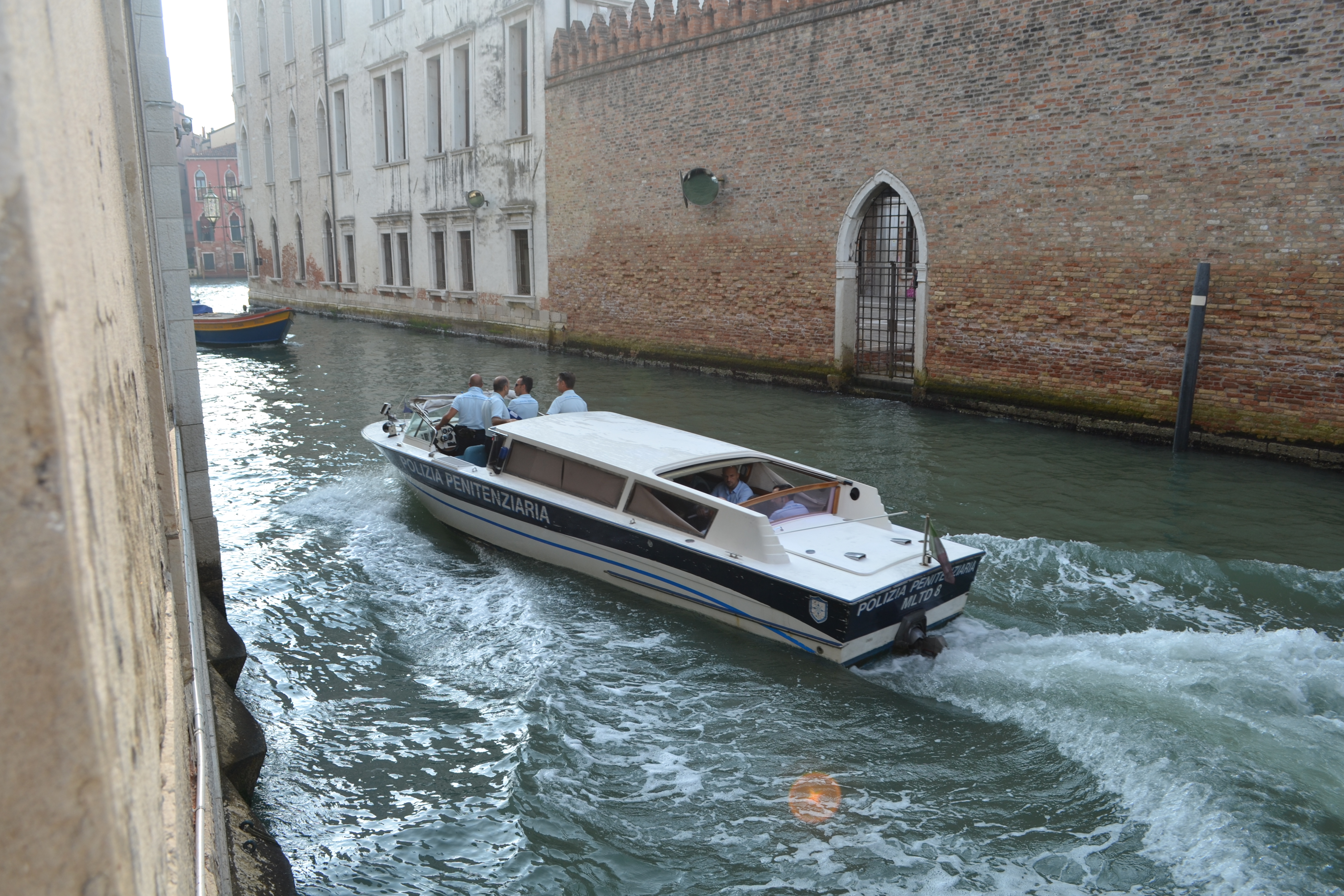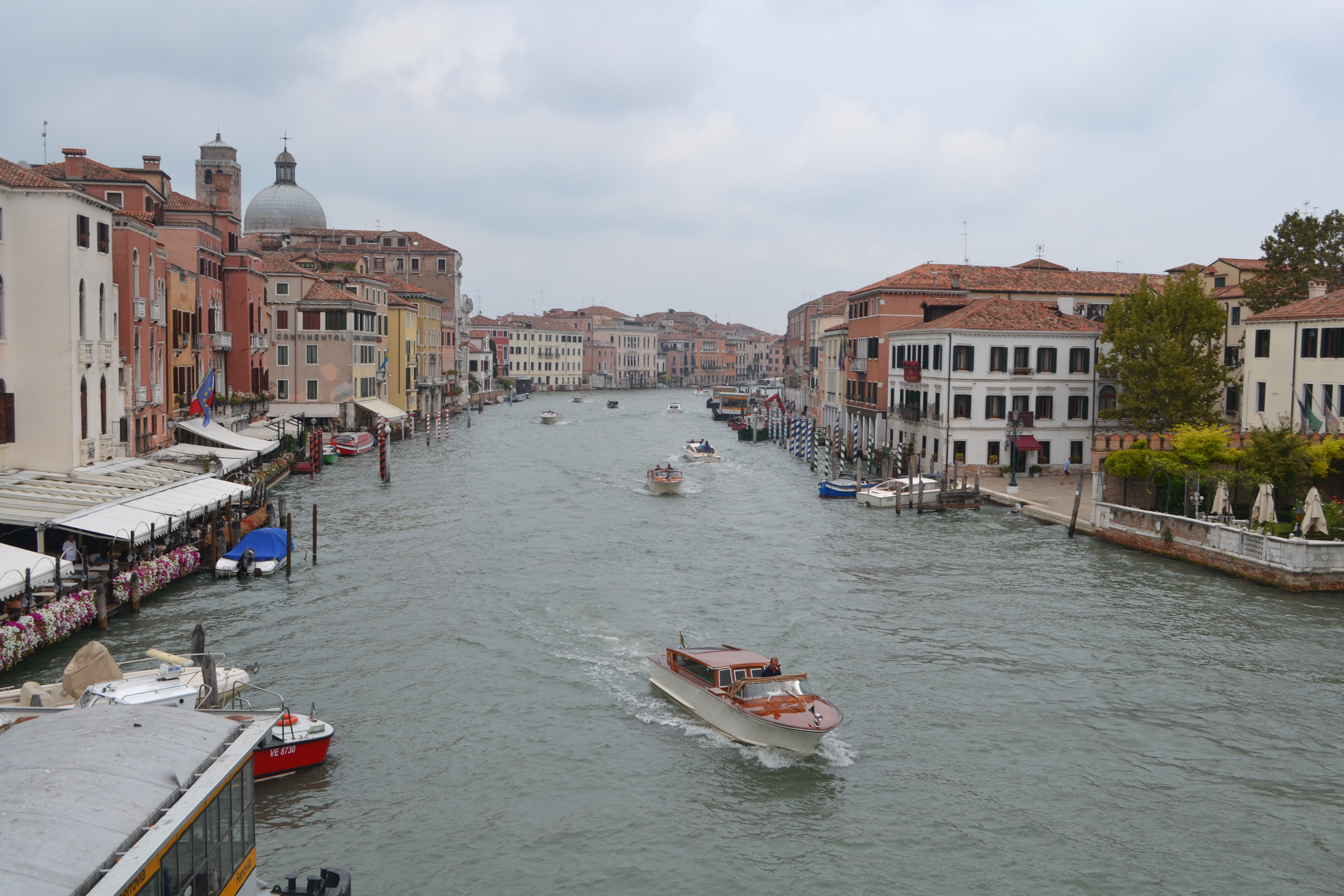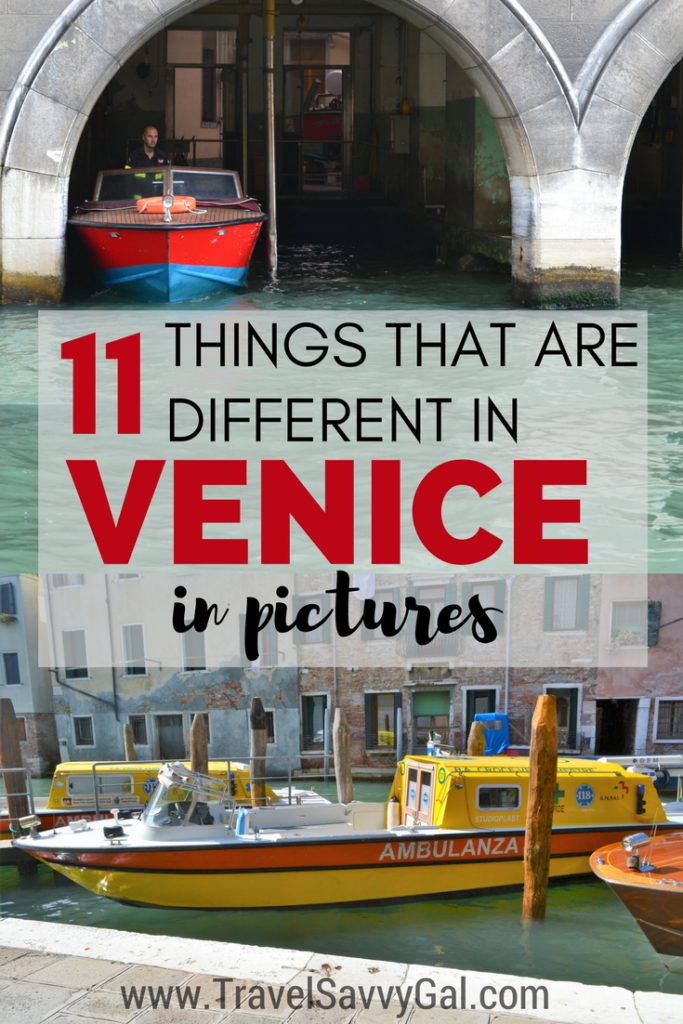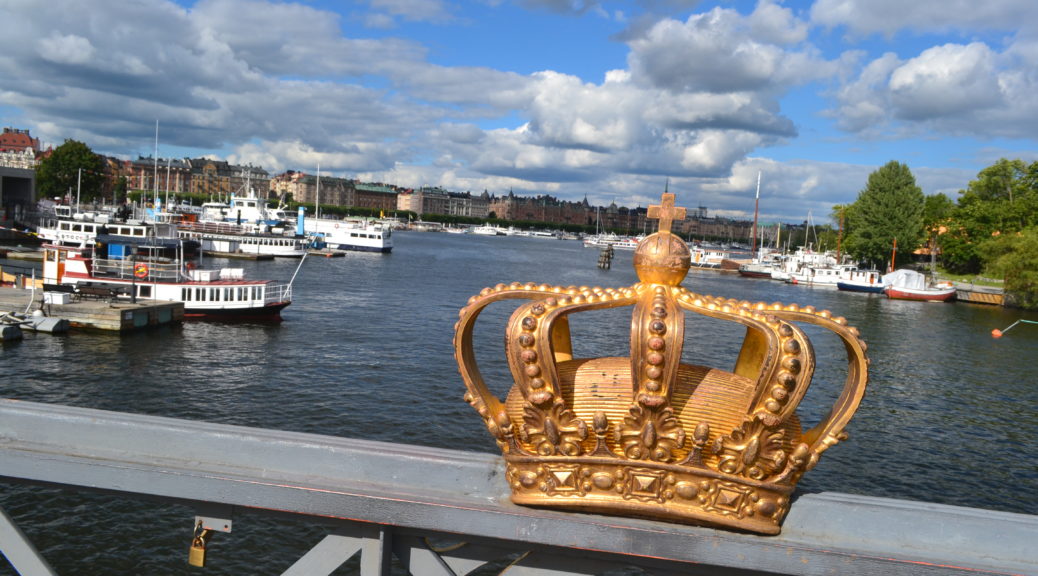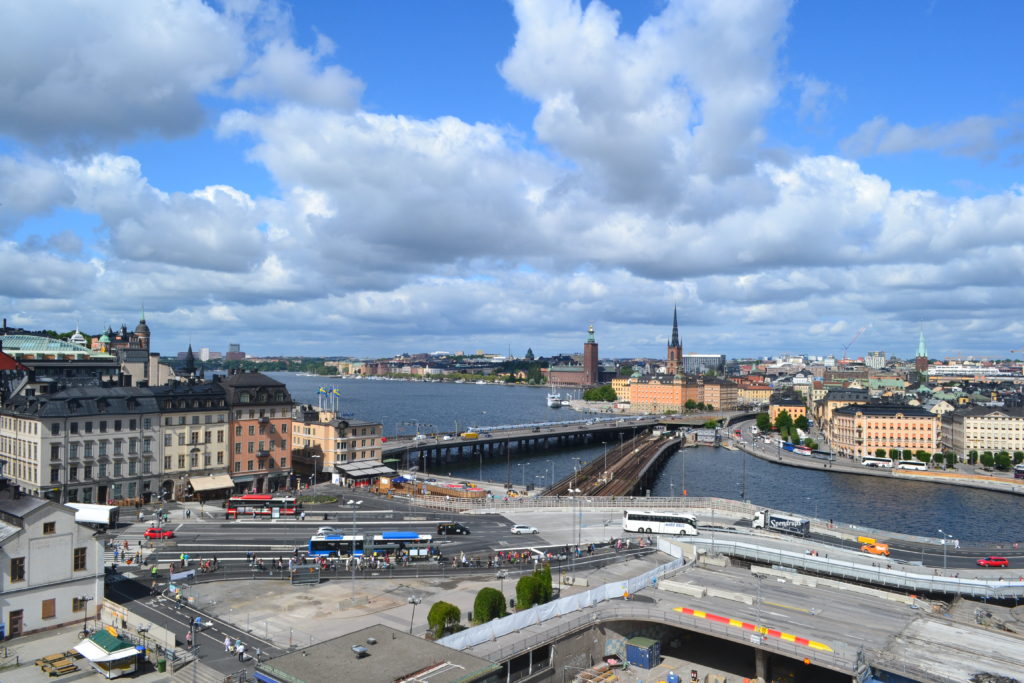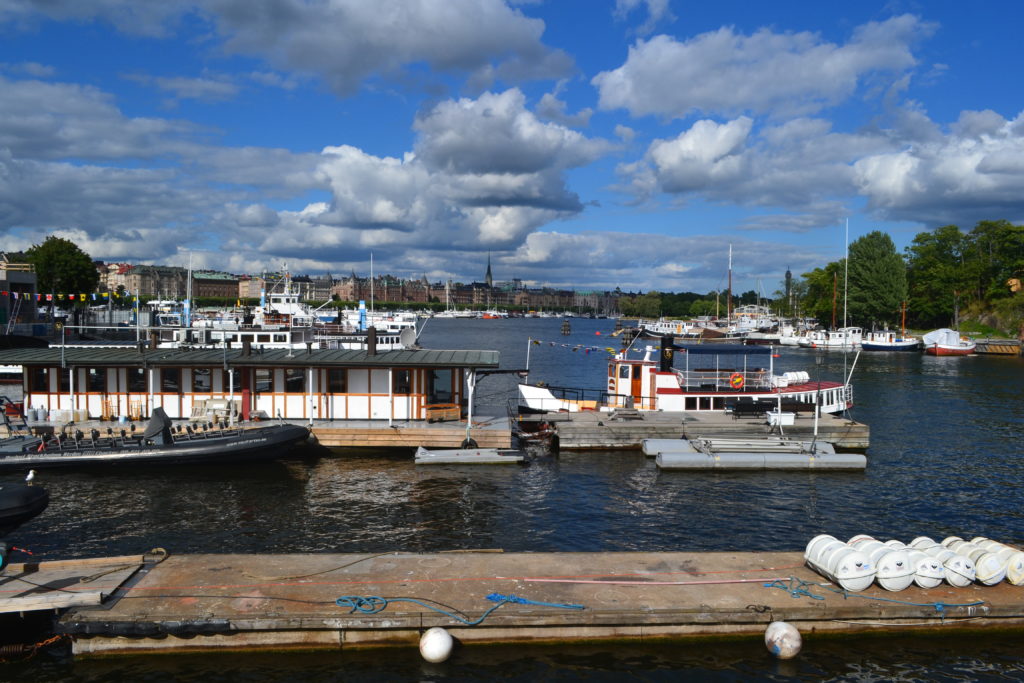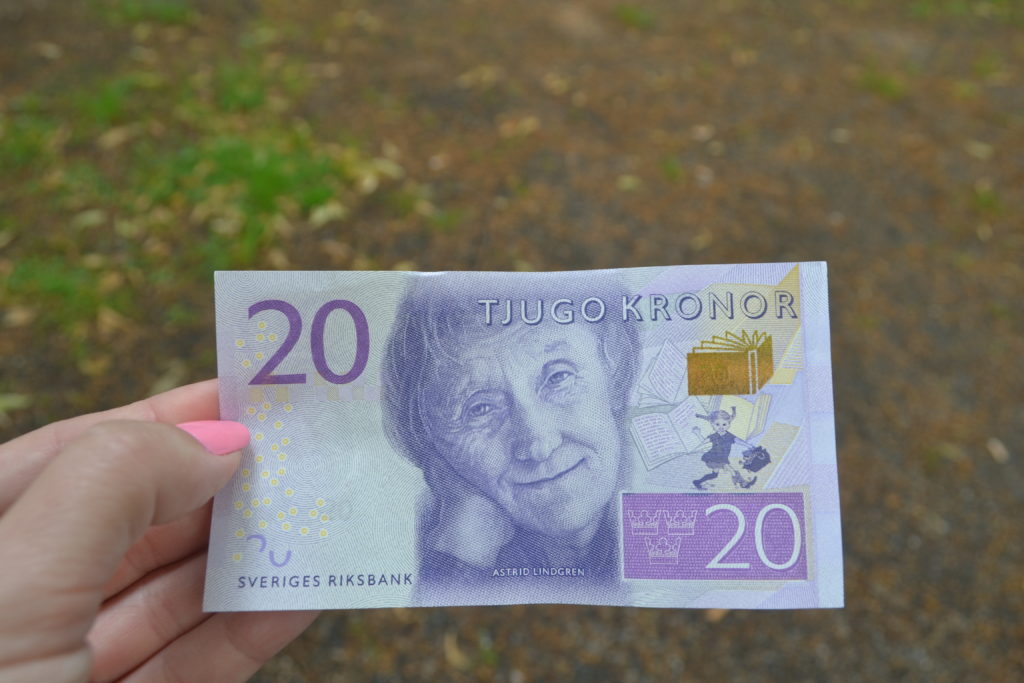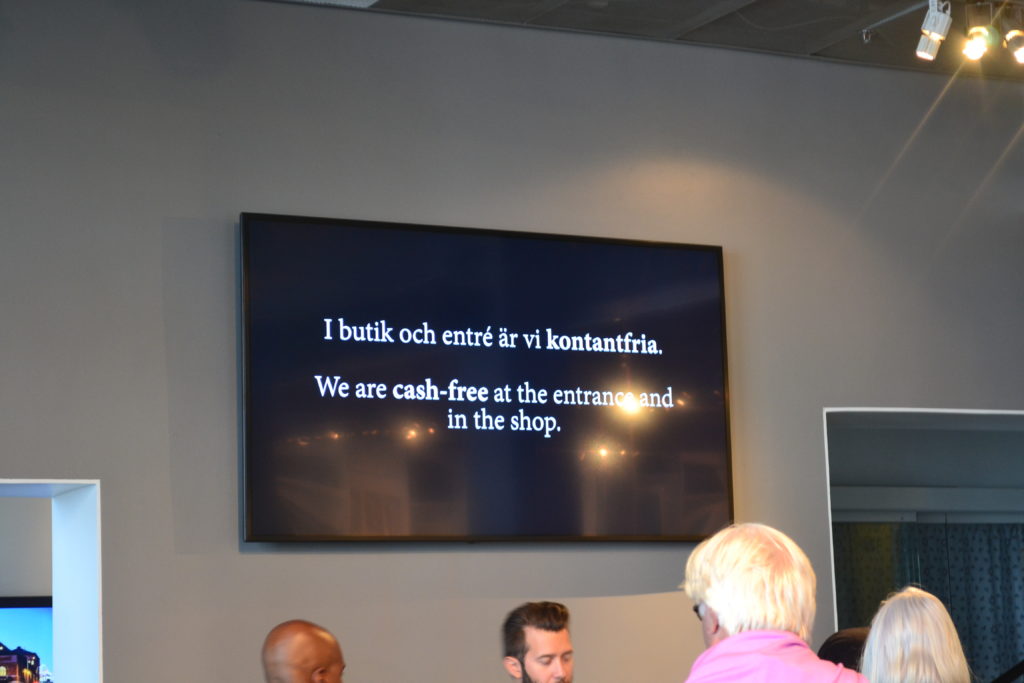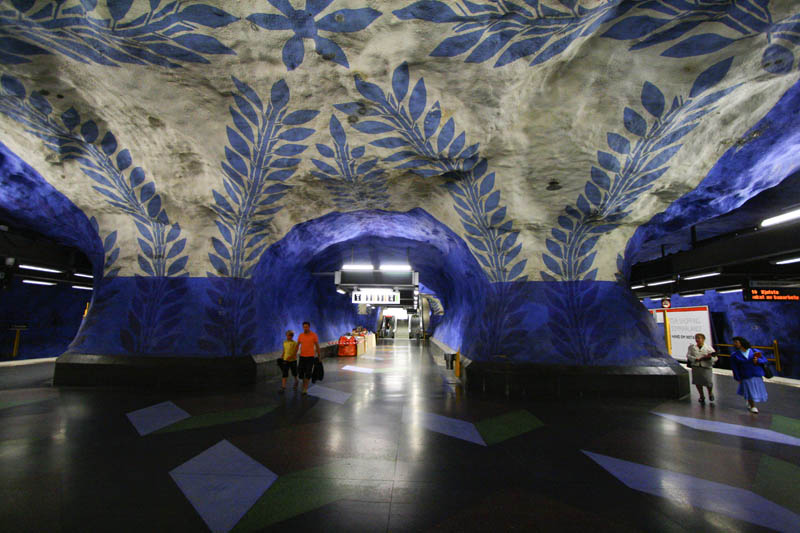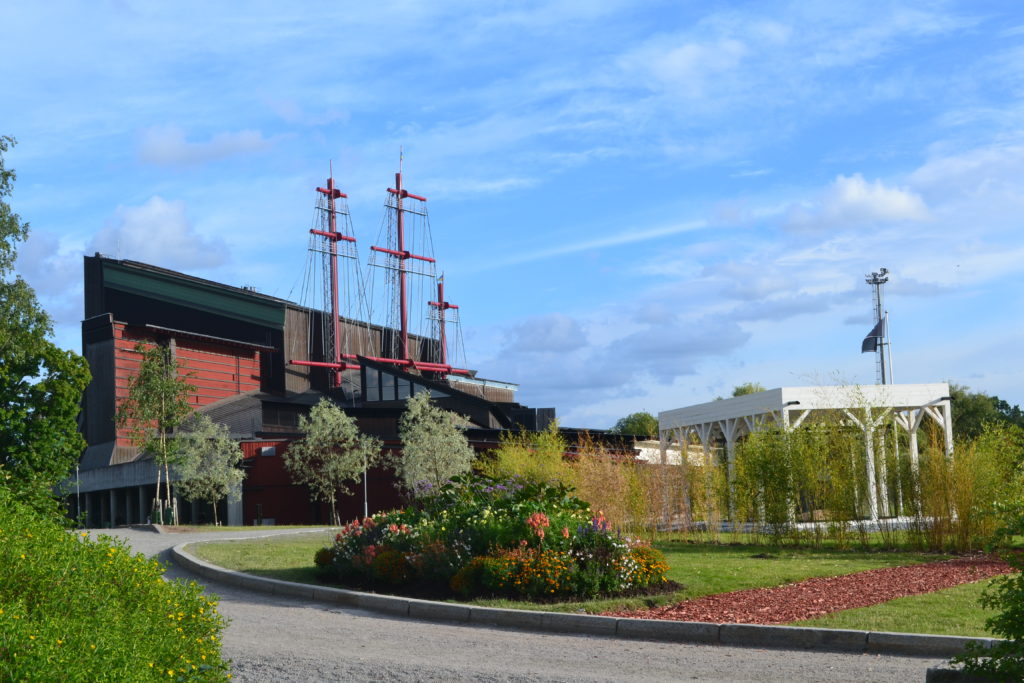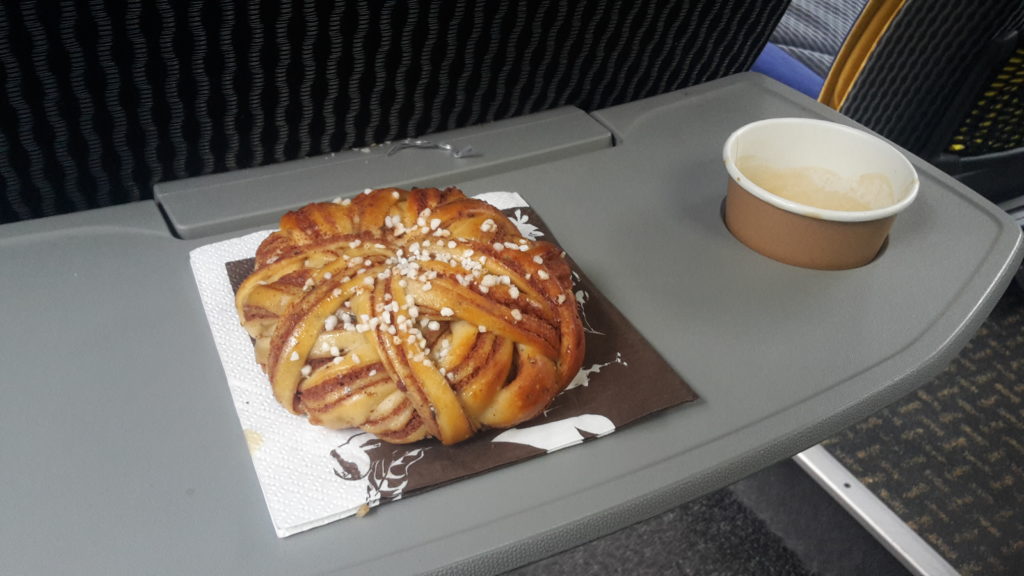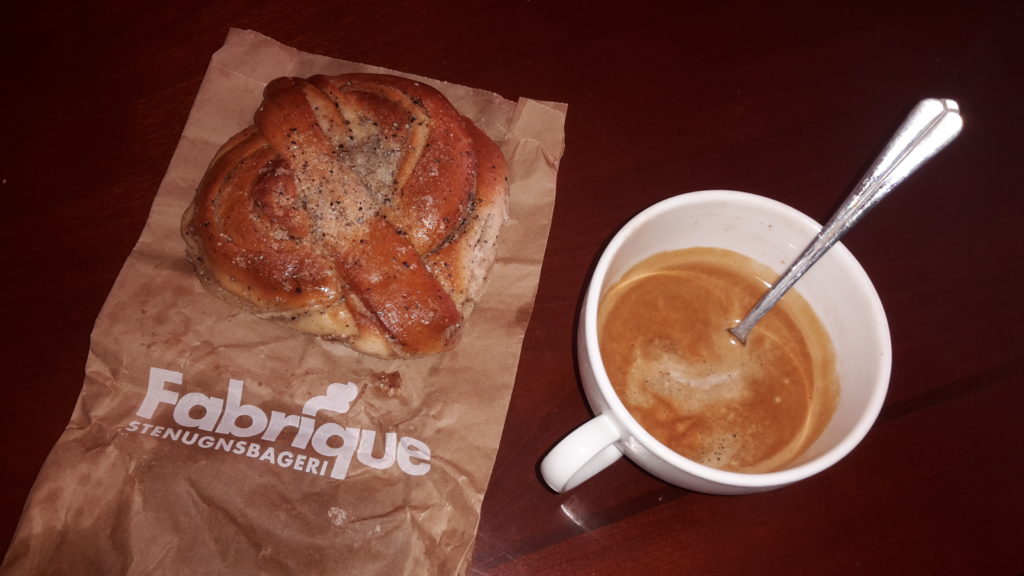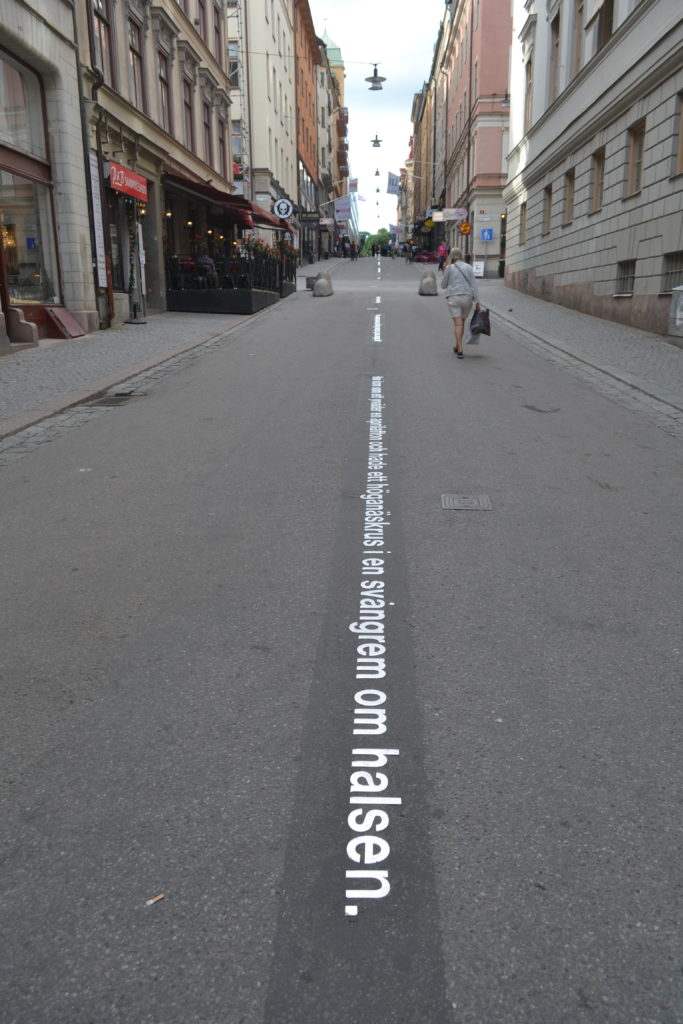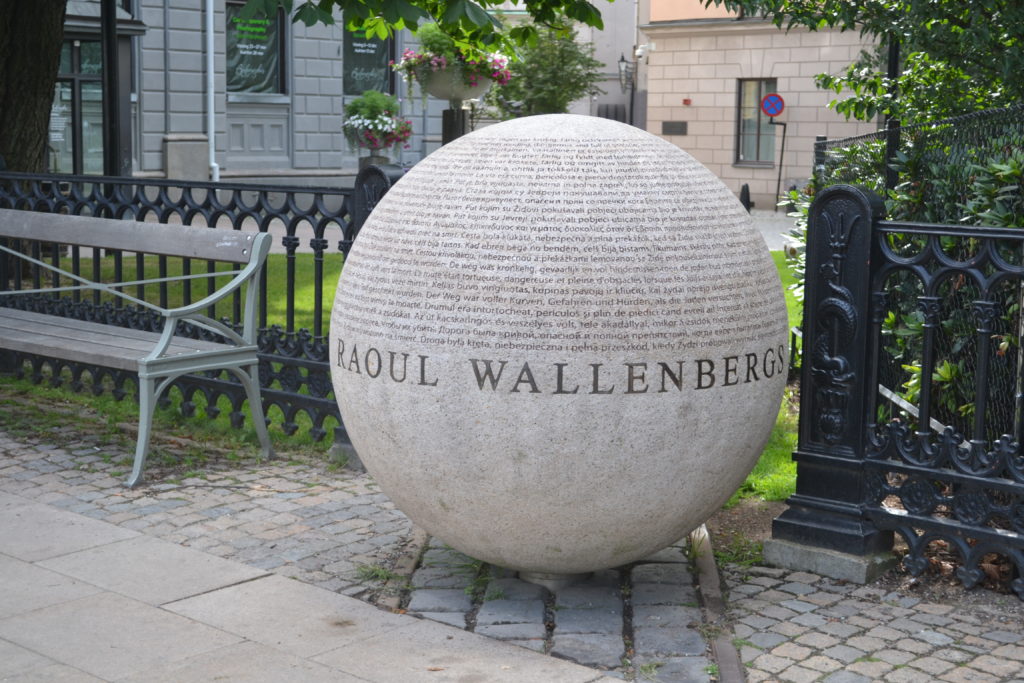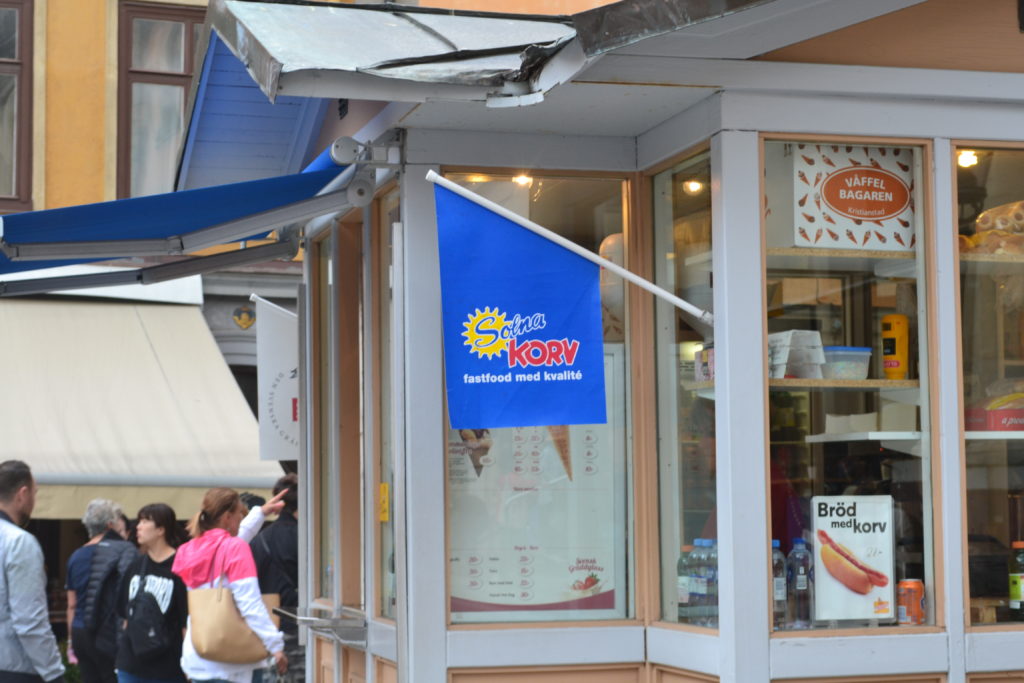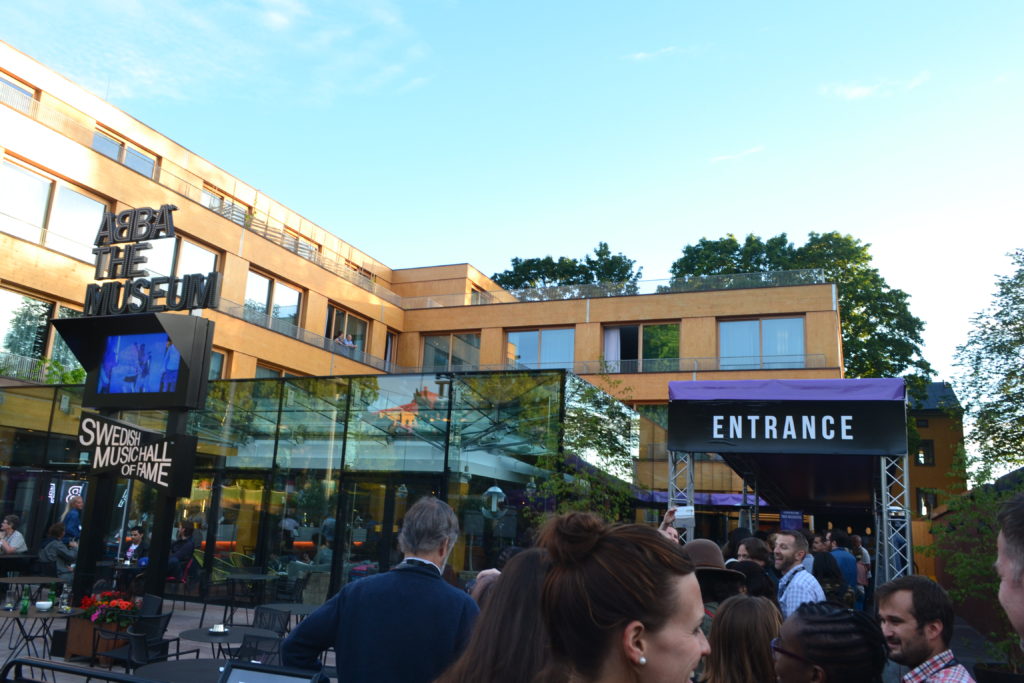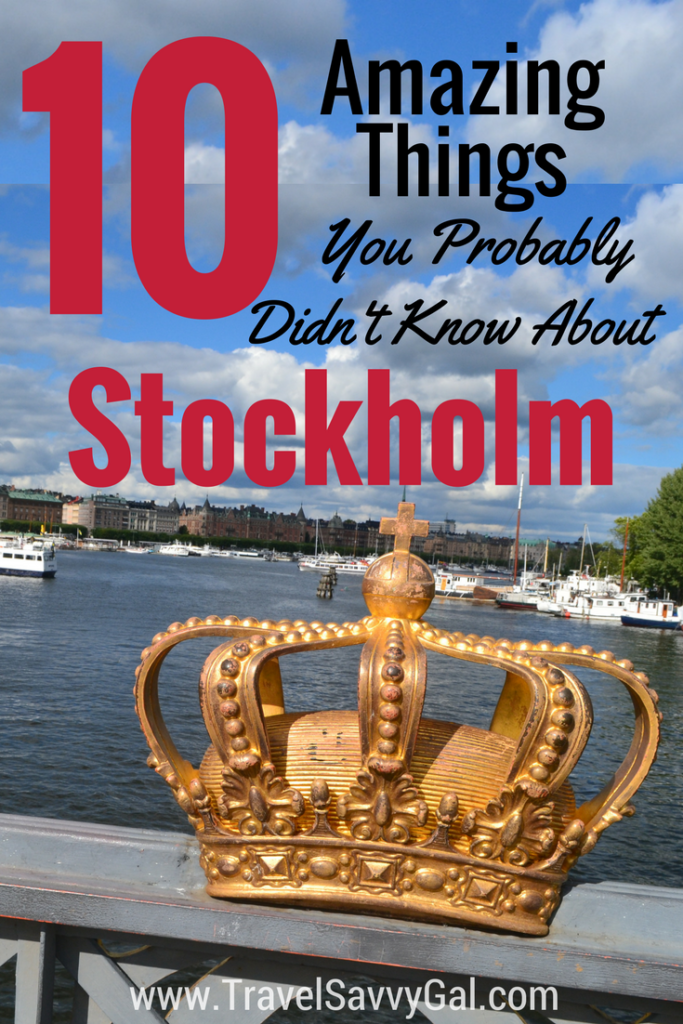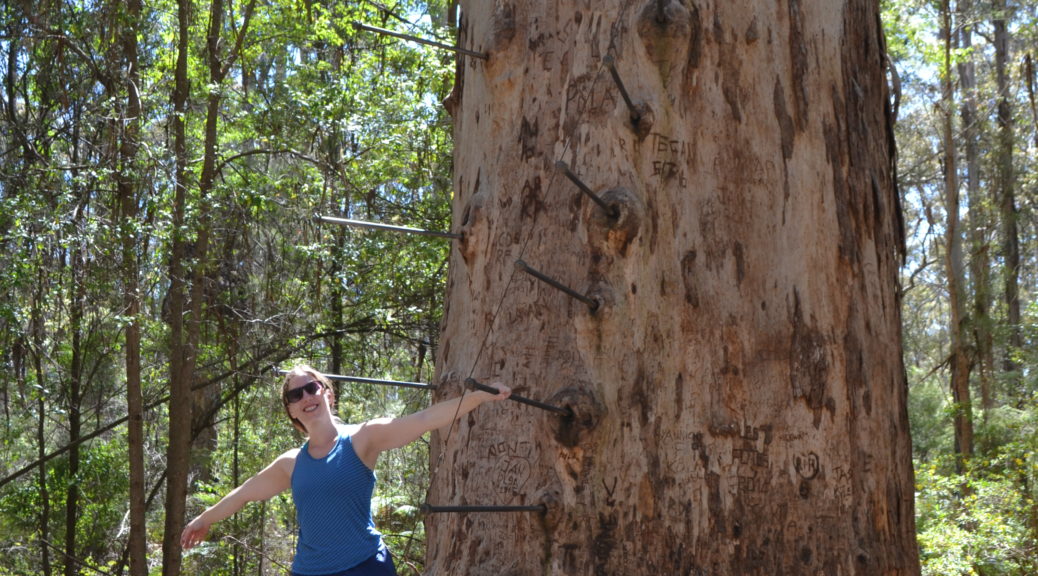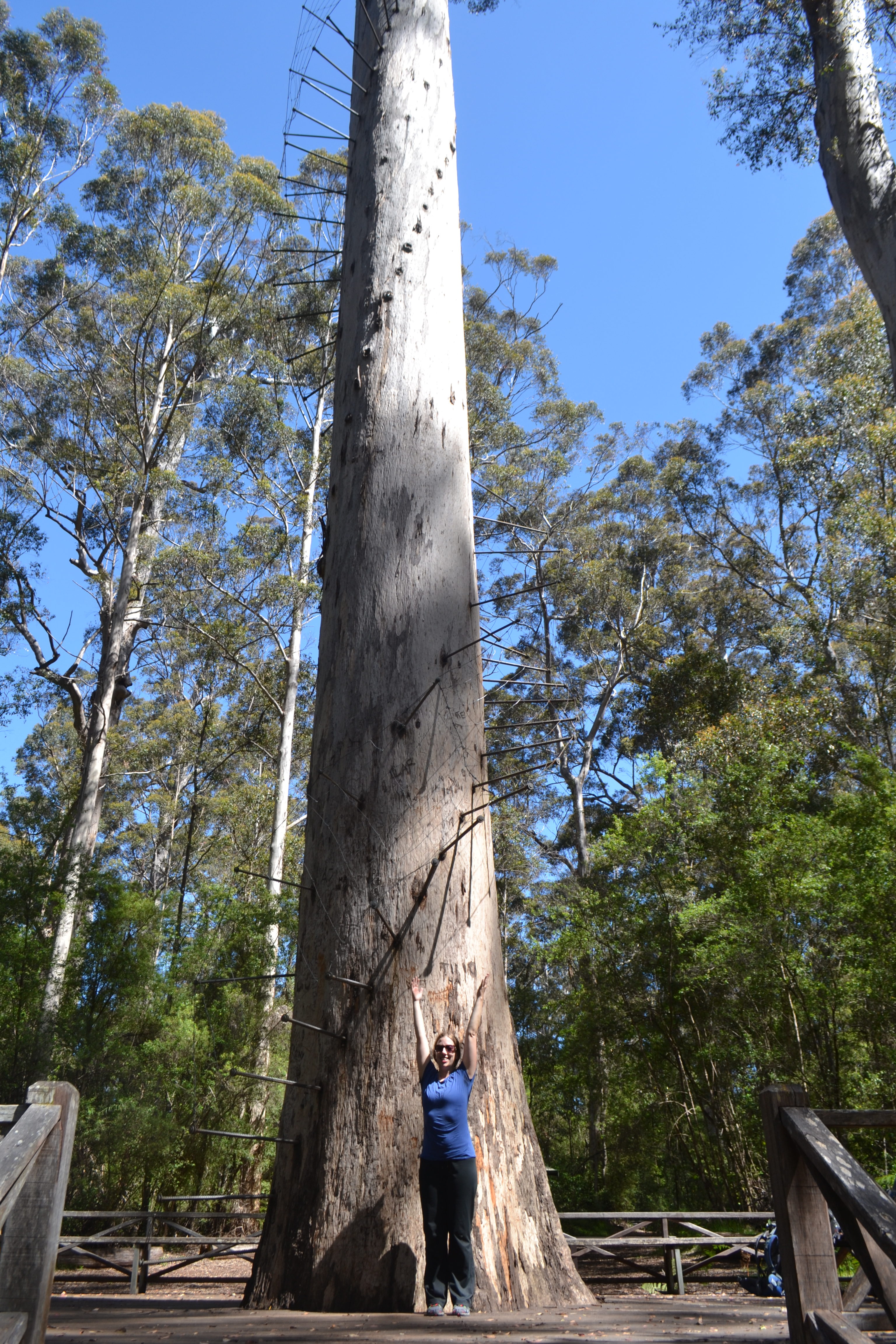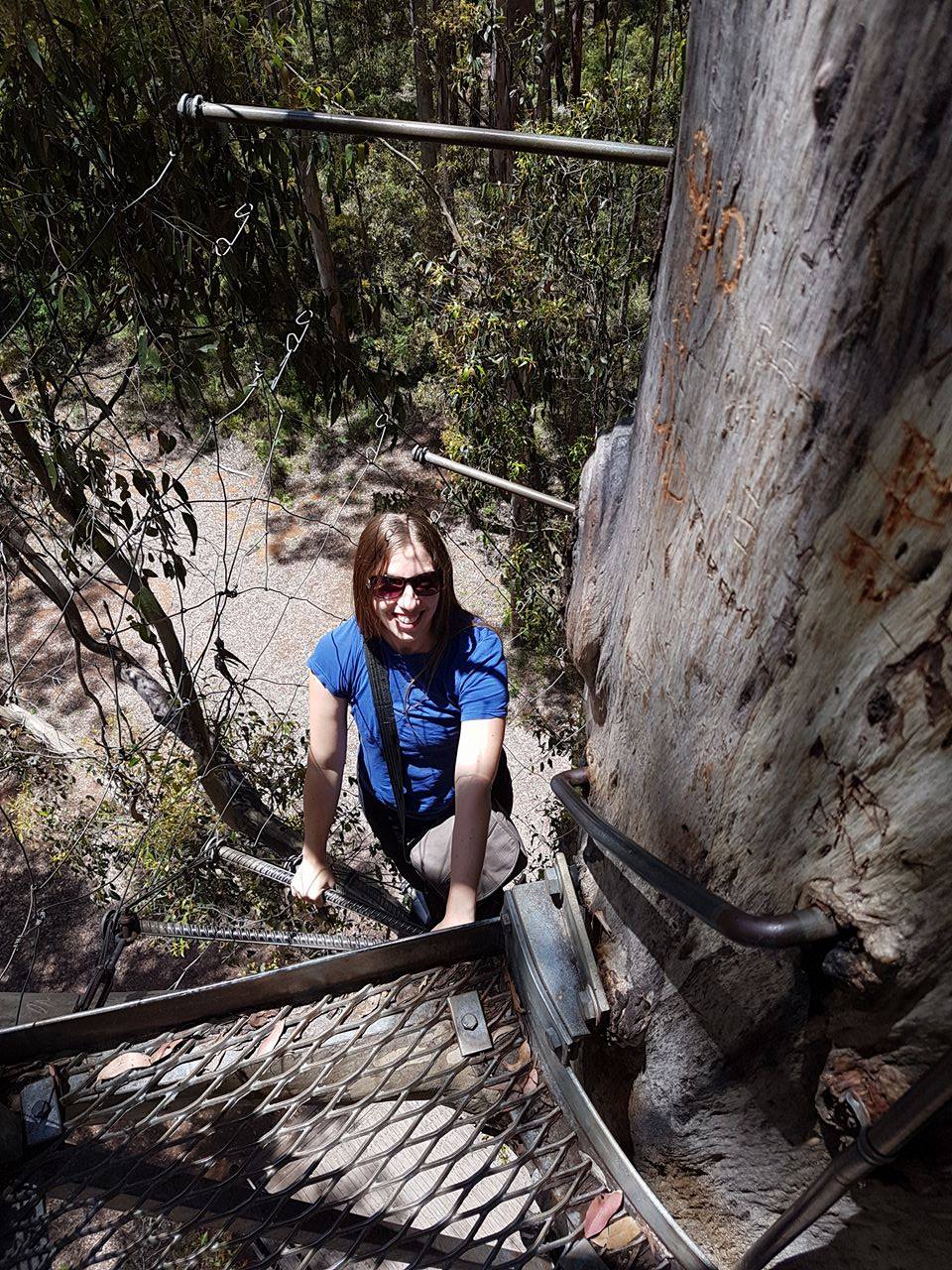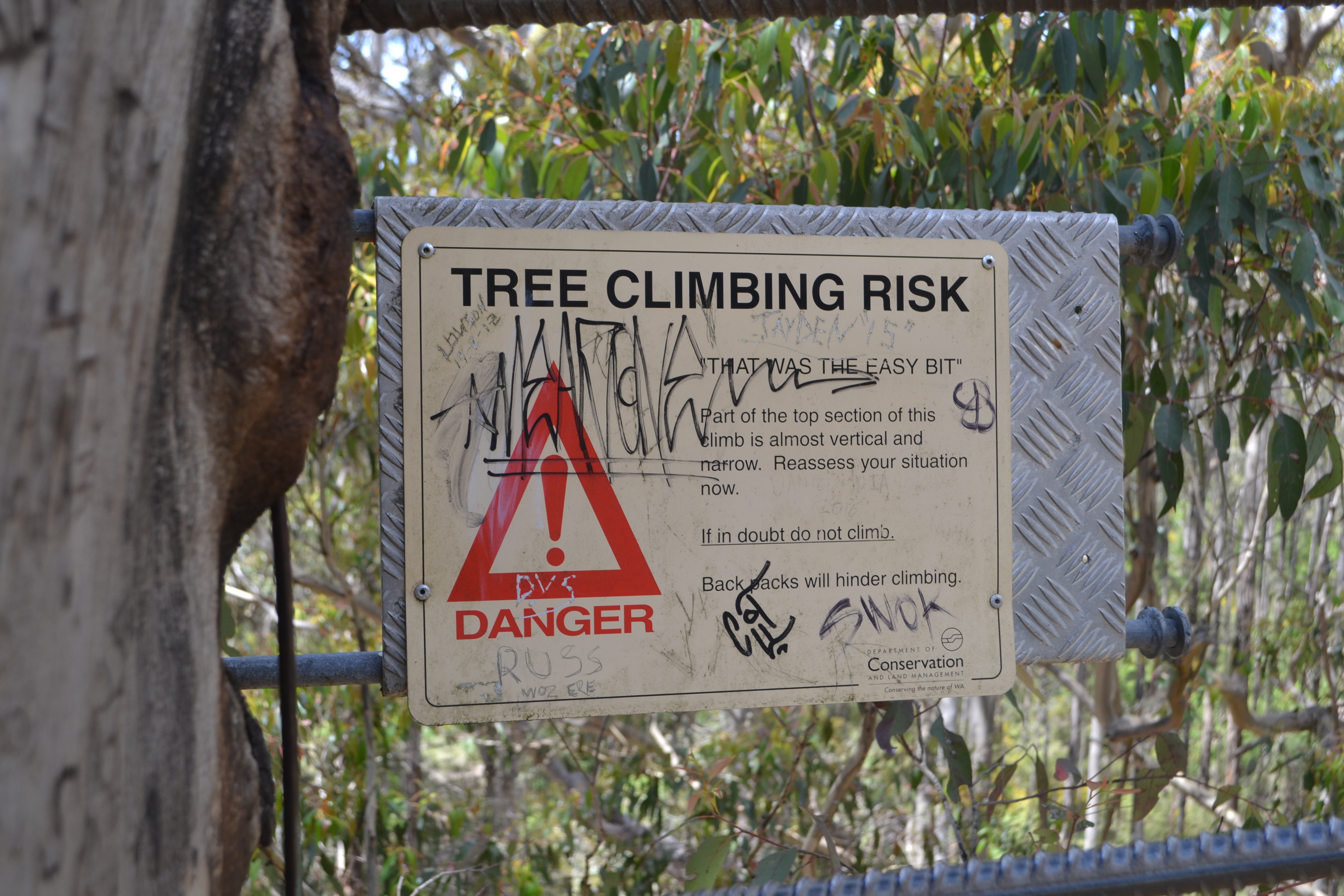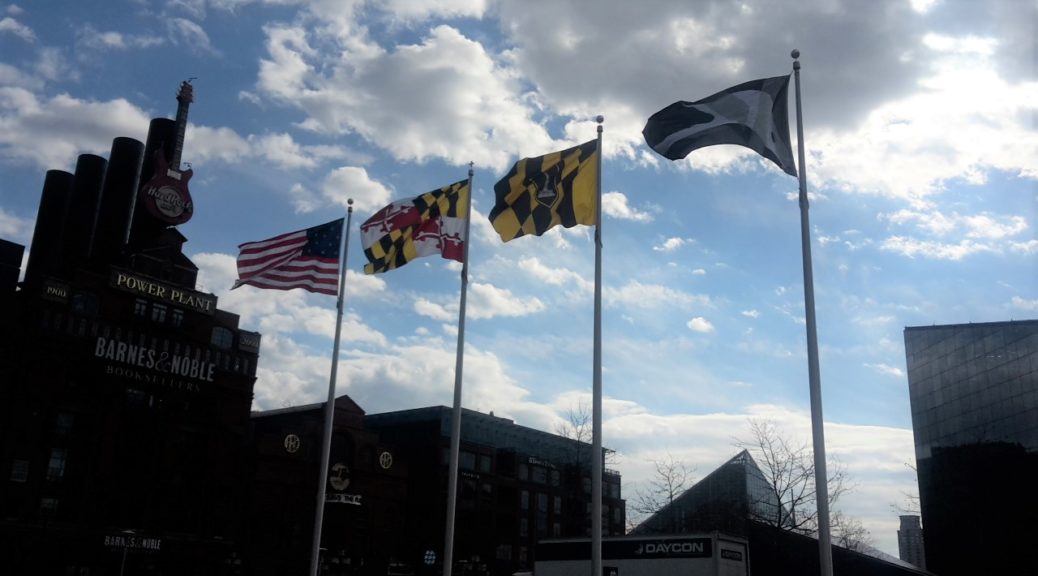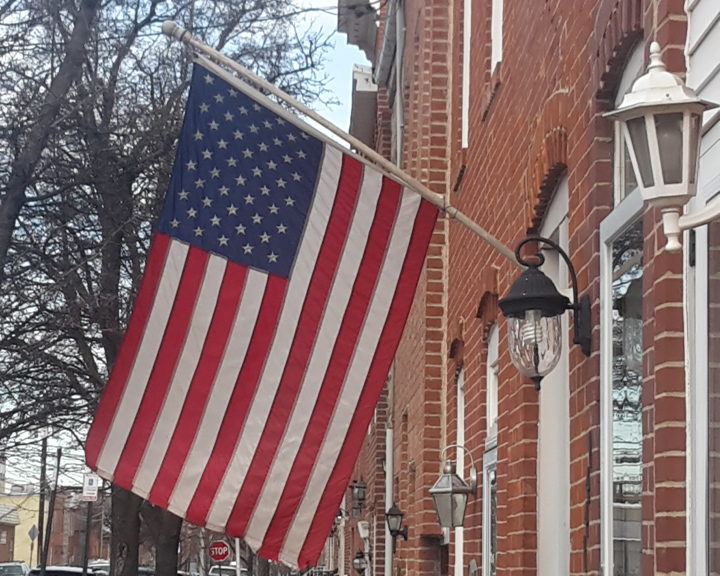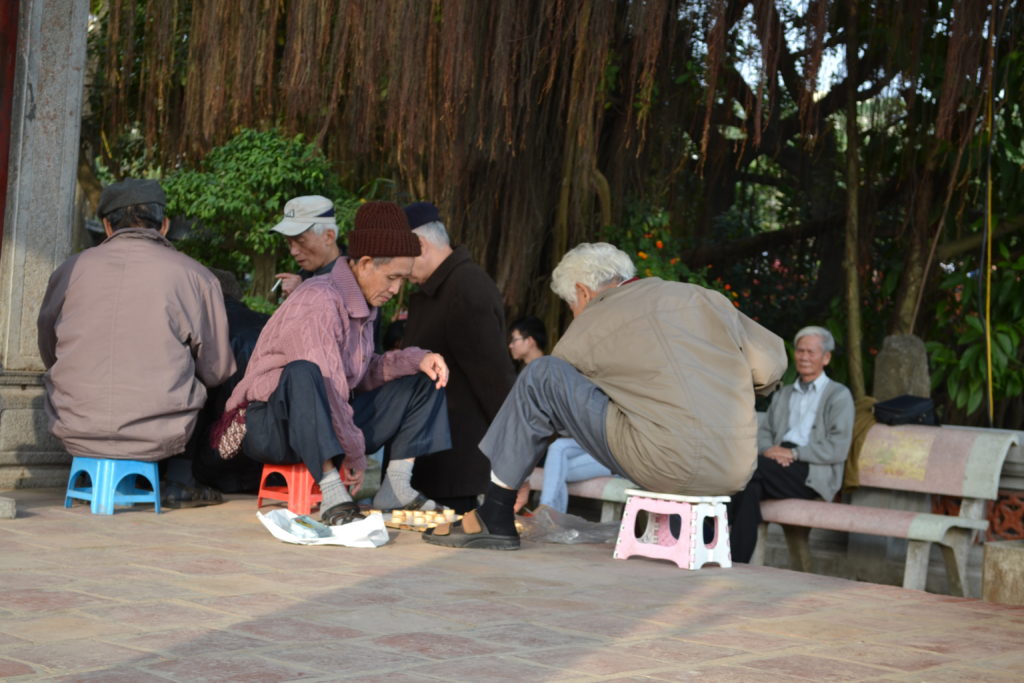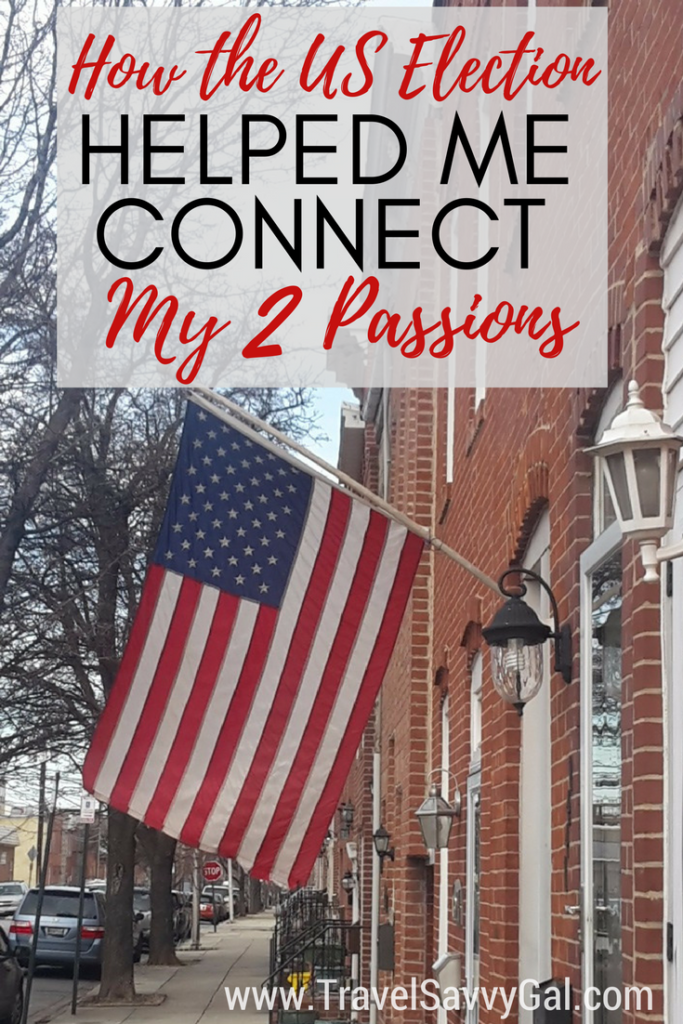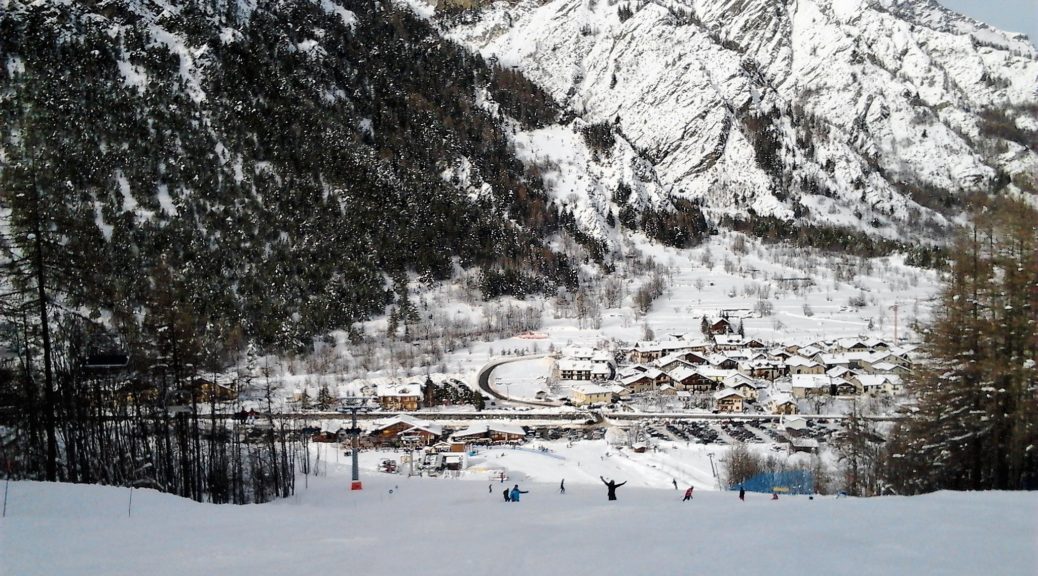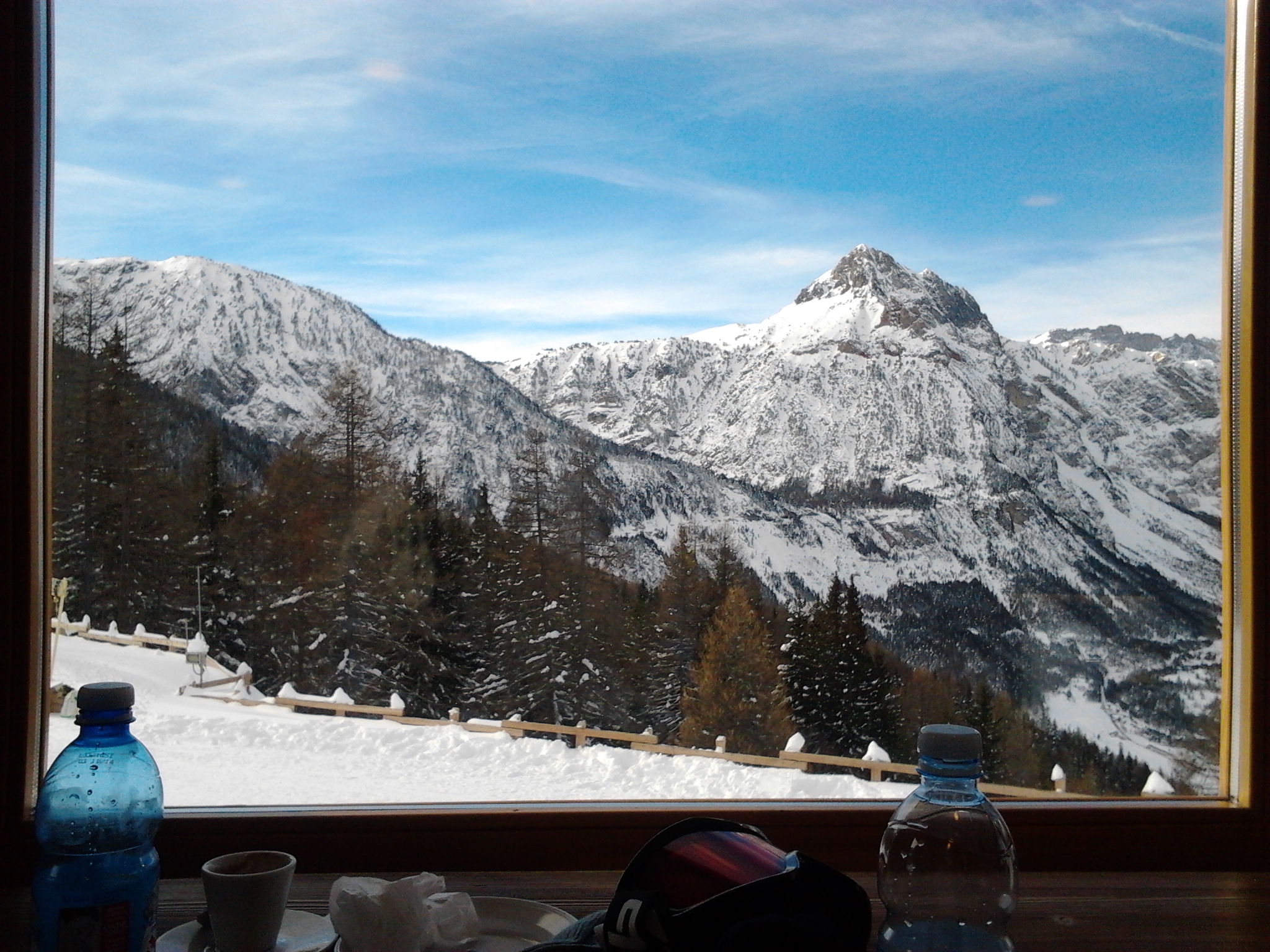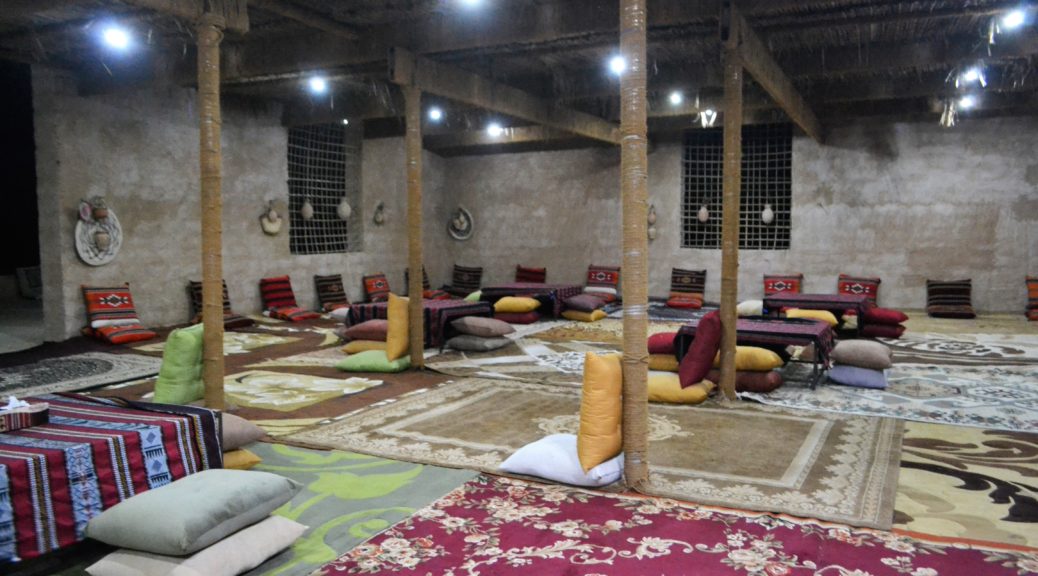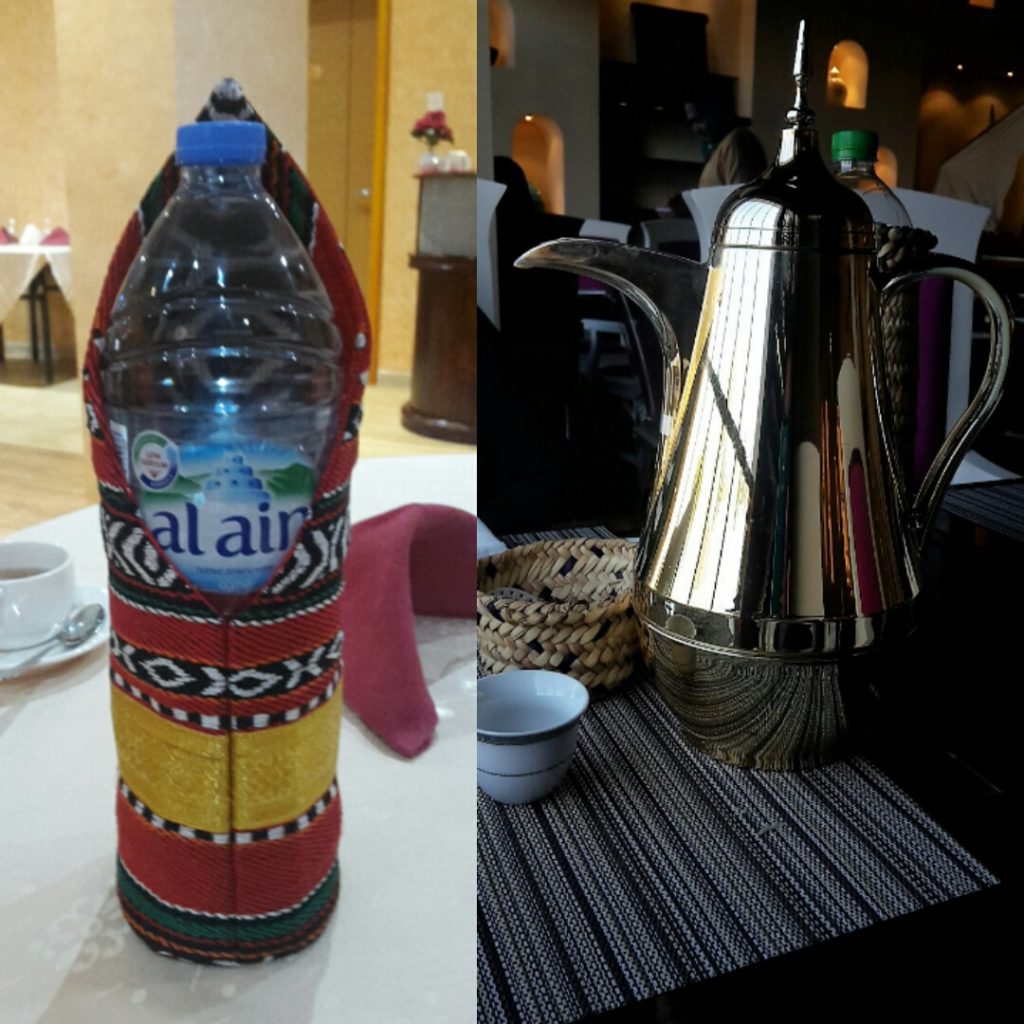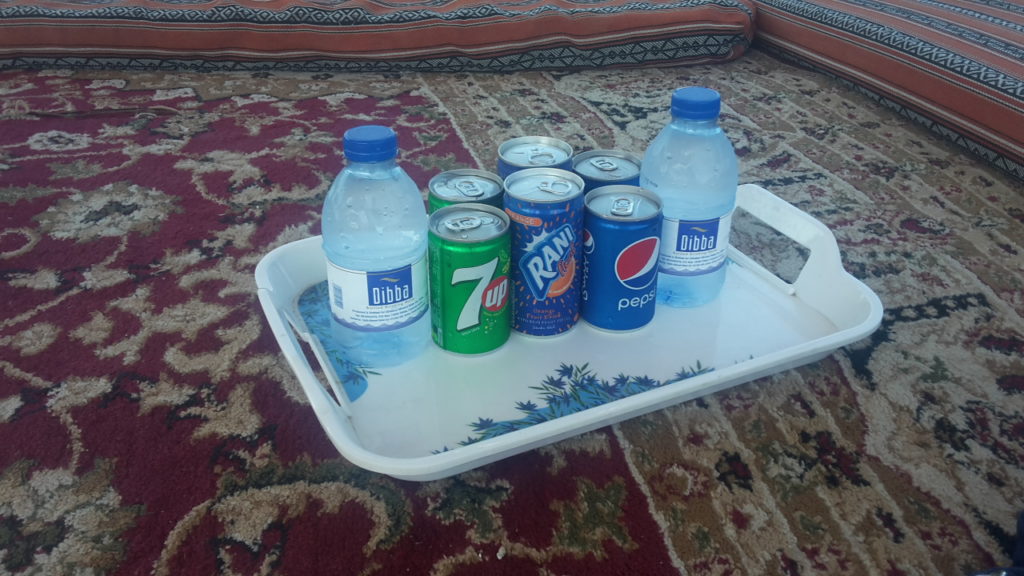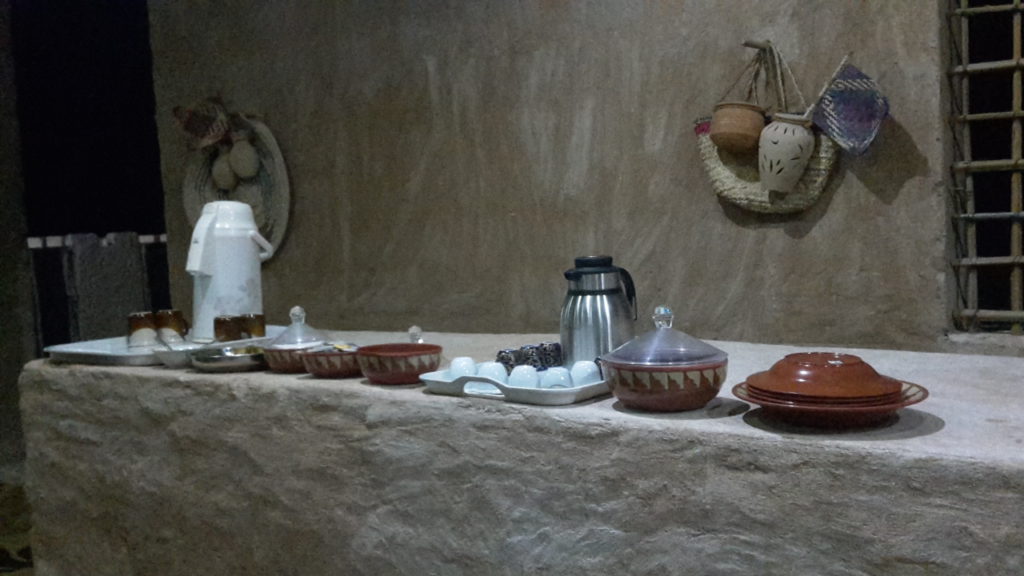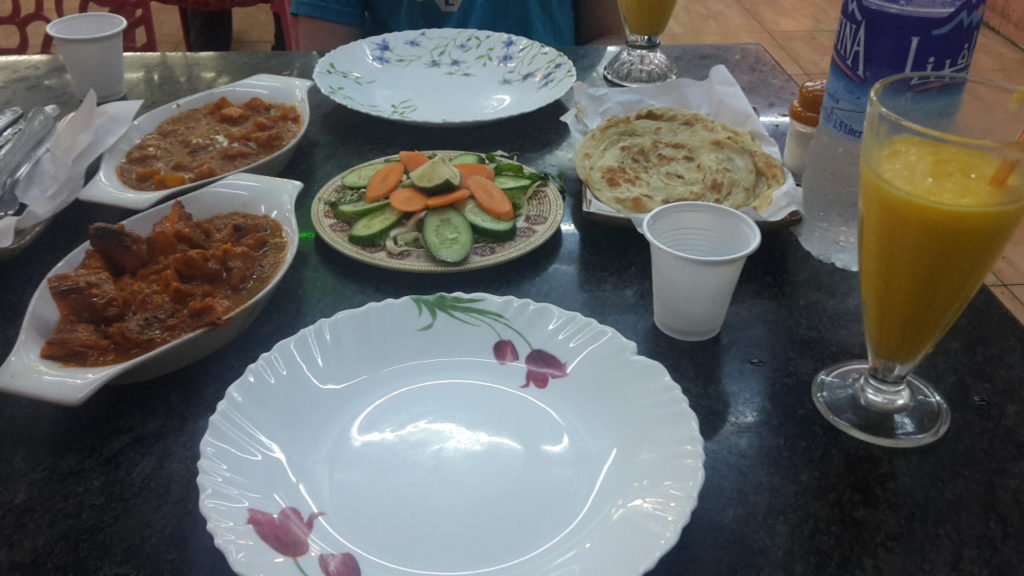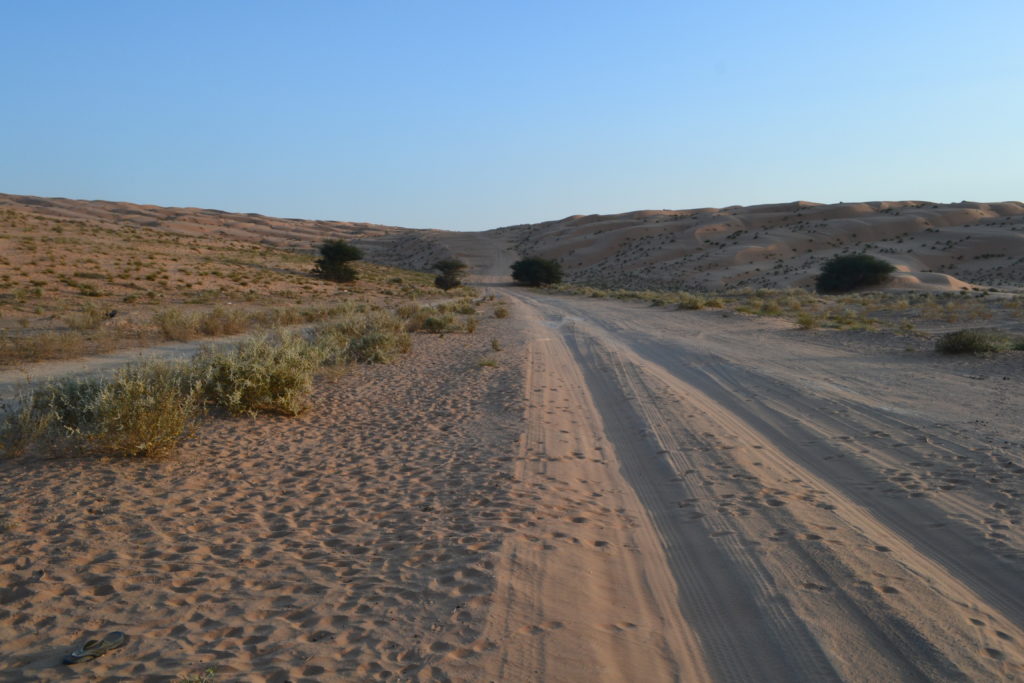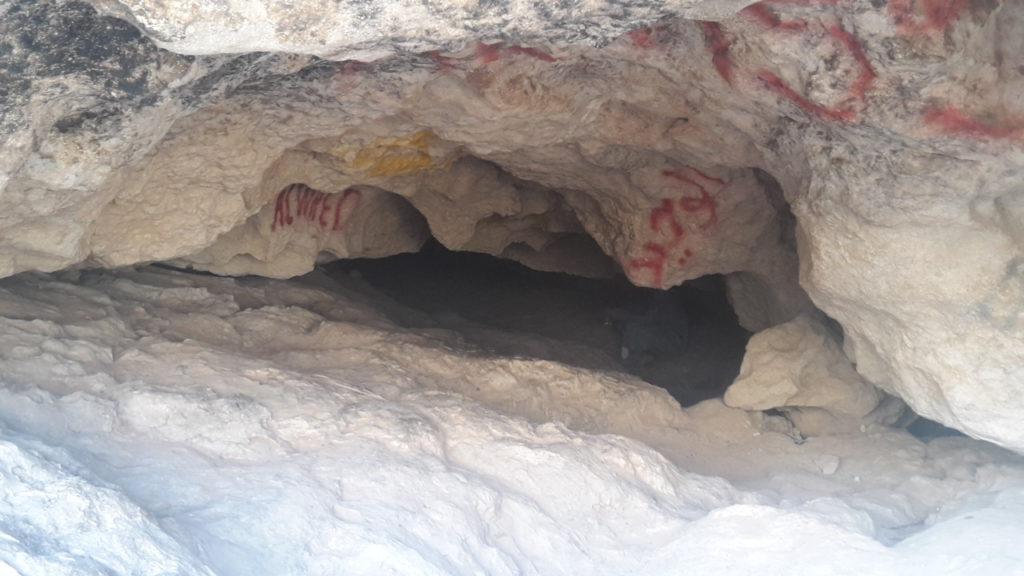They say that the hardest adjustment for an expat is moving back “home” after living abroad. They’re not wrong.
I studied and volunteered in Israel for a year after high school, and was surprised that after 18 years of living and growing up in the United States, and only 1 year of living in Israel, I came home with culture shock. Of course, I wondered how it was possible that I could feel so out of place in America, yet I noticed it when the food didn’t taste how I expected and also when shopping for a few things at the supermarket (why is this always such a salient cultural adjustment?) when I felt the urge to elbow everyone out of way in the aisles with an impatient Israeli s’licha. It was the food and culture, the words of Hebrew I was accustomed to interjecting into my everyday English conversation, and the flow of my daily and weekly routine.
Of course, that effect has been significantly amplified after the past 5 years living abroad in Australia and Italy and now being back in the US, living in Baltimore, Maryland. I’ve now been back around two months, but the adjustment has been a challenge, and this is the first time I’m feeling comfortable enough discussing it to write about it for the blog.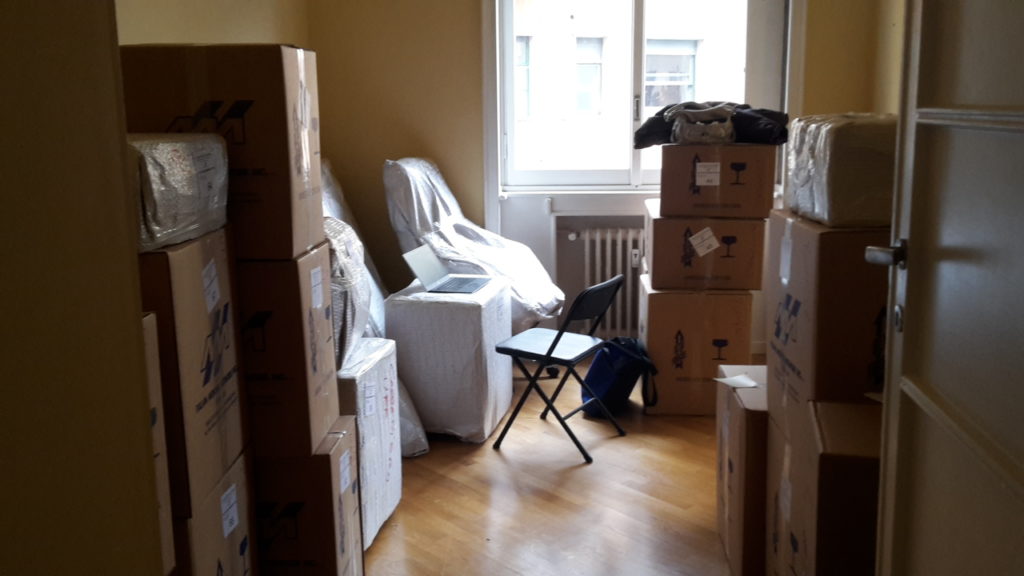 A fellow expat in Milan, who’s done a fair bit of moving around over the years, counseled me that I should focus on the positives about the move. Because the negatives will be glaringly obvious and I’ll realize them quickly anyway, but the upsides might be harder to come by in the midst of the adjustment. Here’s what I’ve discovered…
A fellow expat in Milan, who’s done a fair bit of moving around over the years, counseled me that I should focus on the positives about the move. Because the negatives will be glaringly obvious and I’ll realize them quickly anyway, but the upsides might be harder to come by in the midst of the adjustment. Here’s what I’ve discovered…
The Good
The biggest, most obvious upside for me about moving back to the US is being closer to friends and family. Already since being back I’ve been able to celebrate the holidays with my family, make it out for a friend’s birthday in New York, and be there in person for my grandmother’s 90th birthday. Slowly I’ve been taking trips to see friends I haven’t spent quality time with in ages. Last-minute group dinners that I organized when I was an expat just back for a visit have been replaced by one-on-one time catching up with people. It’s been a refreshing change to have time for deep conversations and not just a quick catch-up when I see friends and loved ones.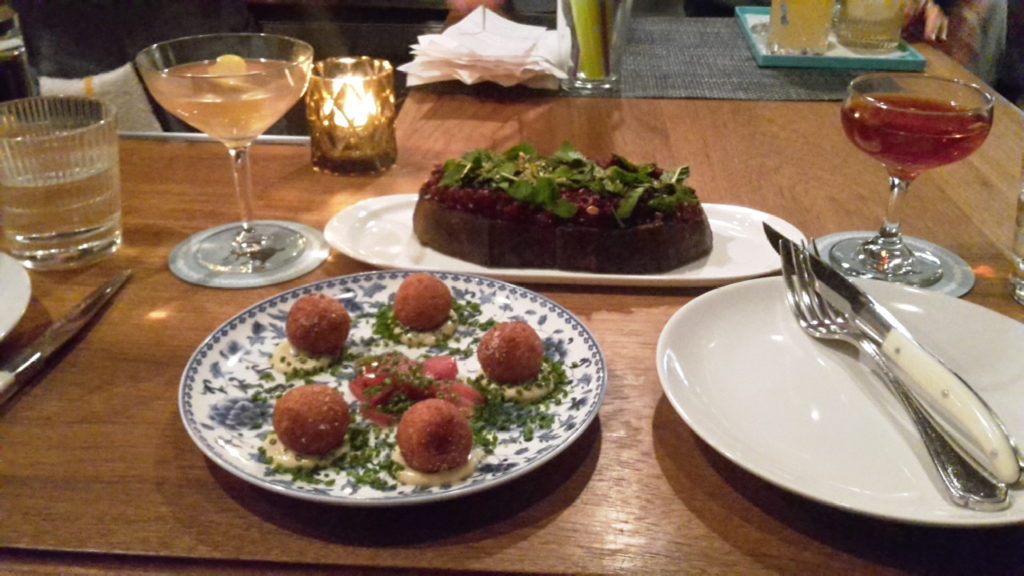 I’m also really excited about the professional opportunity, aka being able to have a full-time job again. While I did work full-time in Australia, I barely even looked for full-time work in Italy, instead cobbling together different paid and volunteer opportunities to keep me occupied and engaged. Because the economy is struggling so much in Italy, any full-time work I might have found would have likely involved long hours and not great pay. Plus, not having a full-time work obligation left me flexible to travel at the last minute when the opportunity arose and be an engaged hostess when visitors came from abroad to visit. However, being back in the US I am looking forward to the structure and routine of full-time work, and the chance to impact urban education, one of my passions.
I’m also really excited about the professional opportunity, aka being able to have a full-time job again. While I did work full-time in Australia, I barely even looked for full-time work in Italy, instead cobbling together different paid and volunteer opportunities to keep me occupied and engaged. Because the economy is struggling so much in Italy, any full-time work I might have found would have likely involved long hours and not great pay. Plus, not having a full-time work obligation left me flexible to travel at the last minute when the opportunity arose and be an engaged hostess when visitors came from abroad to visit. However, being back in the US I am looking forward to the structure and routine of full-time work, and the chance to impact urban education, one of my passions.
Another upside of America? Convenience. American life is very much about convenience, from pre-packaged ingredients and meals at the supermarket to one-stop shopping at mega-stores that have clothes, food, and toiletries all under one roof. For me, it’s also the convenience of knowing where to go to buy things. Even in Australia where I hypothetically spoke the language (minus the many Aussie abbreviations and slang), the store names were mostly unfamiliar. You’re not going to find US supermarket chains or clothing stores, so figuring out *where* to go to purchase a particular item could be just as time-consuming as the shopping trip itself. Of course, living in Italian in Milan posed the same challenge, exacerbated by the fact that many stores are local and don’t have an online presence, so sometimes the best way to find a specific item is by keeping your eyes open as you walk through different neighborhoods and popping into the first store you walk past that sells what you need. It sounds old-school, but that is the reality of life in Italy.
Speaking of convenience, an upside about American life that I realized even before leaving Milan is laundry. More specifically, having a dryer! Yes, darling readers, it’s true. Most Italian homes have a washer, but no dryer. What does doing laundry in Italy involve? Running a load through the washer, hanging it on a drying rack, and then waiting 24 hours for it to dry before doing your next load. Unless it’s winter, in which case the clothes may take even longer to dry. Laundry in Italy involved a lot of strategizing. If I had three or four loads to do in advance of weekend guests, the process would start on Monday. Really. So yes, having access to both a washer and a dryer living back in the US may sound shallow, but for any recently returned expat is a big deal. I can do more than 1 load in a day! And they’ll both be dry within hours! Having dry (and fluffy) laundry never made a gal so happy =)
Another adjustment, and certainly a positive one – everyone speaks your language! In my first few weeks back, I found myself consciously noticing as I walked down the street that everyone who passed was speaking English. I would think, “how weird,” before realizing that I was back in the US and this was in fact normal and expected to be walking down the street and overhearing English conversations constantly. Living in English again meant that there was no hesitation or much thought involved before I would engage in small talk or strike up a conversation waiting in line or with a cashier or store clerk, a level of comfort you never quite reach living in a foreign language.
Visiting the US as an expat, I would always take advantage of all the ethnic food that is available, most of which is absent or not that great in Italy. Now back living here, I know that quality ethnic food is widely available, from Chinese to Mexican to Thai to Ethiopian. And you can believe that I’ve been savoring all of the opportunities to take advantage of the access. And if you’ve seen my posts on wineries – in the Piedmont region of Italy or Israel – or even posts that involve wine tastings (like my overviews of Liechtenstein or Plovdiv, Bulgaria), you may have guessed that I had a fair few bottles of wine from around Europe that I brought back to the US when moving. What you may not realize is that there already were a few cases of wine waiting for me in the US, mostly from California and Australia, acquired before moving to Italy. Because they are bottles that I knew would age well, and frankly, it just seemed silly to ship wine *to* Italy. It’s been a lovely trip down memory lane to remember past travels by enjoying wine I acquired there.
And if you’ve seen my posts on wineries – in the Piedmont region of Italy or Israel – or even posts that involve wine tastings (like my overviews of Liechtenstein or Plovdiv, Bulgaria), you may have guessed that I had a fair few bottles of wine from around Europe that I brought back to the US when moving. What you may not realize is that there already were a few cases of wine waiting for me in the US, mostly from California and Australia, acquired before moving to Italy. Because they are bottles that I knew would age well, and frankly, it just seemed silly to ship wine *to* Italy. It’s been a lovely trip down memory lane to remember past travels by enjoying wine I acquired there.
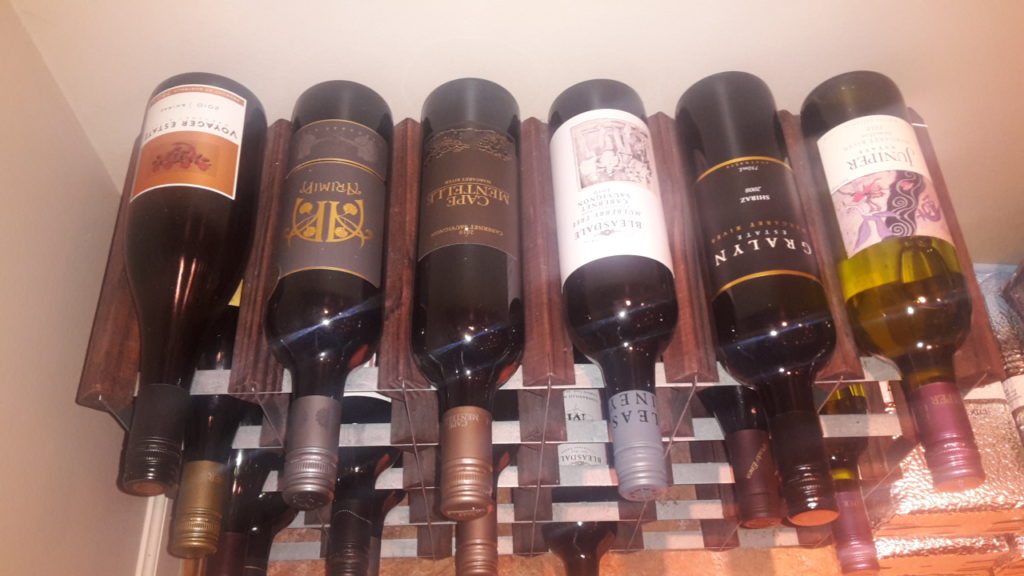
The Bad
I know, I know, I put the good things first, so it sounds like roses and confetti to move back to the US and take advantage of all the opportunities and conveniences the country has to offer. But as much as there is to be grateful for, there are definitely downsides that I have been feeling quite acutely these past months.
There are a lot of things that I’ve been missing since moving back. First and foremost, I miss my Milan friends. I was very fortunate to have met so many incredible people during my 3 years living in Milan, and I actually had a much easier time making friends in Italy than in Australia, even outside of the expatriate community. Since Milan is the business center of Italy, I found that many interesting Italians from all over the country ended up in Milan for work, as well as the city attracting people in many professions from all over Europe and the rest of the world. It felt relatively easy to form deep connections and friendships, and I miss all of the people I used to be able to see on a regular basis and who are now an ocean and a six-hour time difference away.
I also am missing the city of Milan and life in Italy quite tangibly and still daily. When I walk out my front door, I no longer have the stunning Italian architecture to greet me. I don’t stroll past the Last Supper on a nearly daily basis or pass one of the five largest cathedrals in the world on my walk to Italian lessons. Plus, the Italians have a way of savoring everyday pleasures, from a quick cup of espresso to gelato to an evening aperitivo.
Speaking of which, I really miss all of the food and drink I was able to access living in Italy. Coffee is an integral part of the Italian day, and the entire country is set up so that you can pop in for a 1 Euro (or less) espresso anywhere you are, any time of day. Here in America, if I’m out and feel like a coffee, I’m hard pressed to find a proper espresso and it will cost at least a few dollars even for a single shot. Plus, I can’t necessarily find one when the mood strikes. And even though I brought back quite a few Italian cooking supplies, like carnaroli rice for risotto and “00” flour for fresh pasta-making, the quality of the produce in the US is not as good and so dishes don’t taste nearly as delicious as they did there. When it’s the early evening and I’m feeling like an aperitivo drink, it’s a much costlier endeavor than it ever was in Italy. In Milan, I could buy a decent bottle of Prosecco for 3 Euro at the local supermarket in Italy, but am hard-pressed to find a bottle for under $15 in the US. The same goes for my favorite ingredient to make a spritz – Aperol. For a bottle that would be about $8 in Italy, I’m now paying $25! So while my instinct is to preserve life in Italy as much as possible living back in the US, it’s just not financially reasonable to keep the identical habits without at least some practical adjustments. One thing I didn’t realize before moving to Milan, but really came to appreciate, was the travel accessibility. With 3 airports, there are a ton of direct flight options from Milan all over Europe, including several discount carriers like Easy Jet and Ryan Air. Even at the last minute, I could reliably find round-trip airfare for under 100 Euros, and sometimes for significantly cheaper. And Milan is so centrally located that there are plenty of cities and towns within a short train ride or a drive of an hour or two, including a lot of Switzerland. And even small towns in Italy have so much to offer that it’s well worth a trip, even for a day. It’s just not quite the same back in the US, and even a weekend away is much costlier than what I’ve become accustomed to in Milan.
One thing I didn’t realize before moving to Milan, but really came to appreciate, was the travel accessibility. With 3 airports, there are a ton of direct flight options from Milan all over Europe, including several discount carriers like Easy Jet and Ryan Air. Even at the last minute, I could reliably find round-trip airfare for under 100 Euros, and sometimes for significantly cheaper. And Milan is so centrally located that there are plenty of cities and towns within a short train ride or a drive of an hour or two, including a lot of Switzerland. And even small towns in Italy have so much to offer that it’s well worth a trip, even for a day. It’s just not quite the same back in the US, and even a weekend away is much costlier than what I’ve become accustomed to in Milan.
Another thing that I’ve been missing that I hadn’t anticipated – speaking Italian. I lapse into Italian often when I’m with a fellow speaker, and on my few flights I’ve had I find myself seeking out the Italian language movies. Being in the US I’ve actually been exposed to a lot of Spanish since being back (which I also speak), but it has just made me feel the loss of being so distant from Italian. I’ve been doing a lot of reading in English lately, but my next books to tackle will some of the ones in Italian I brought back with me, because I am just missing the lilting language as part of what I hear and absorb every day.
The Bizarre
When I first thought about writing this post months ago, I figured that there would be good things and also some negatives about moving back “home.” What I didn’t anticipate was quite a few items that didn’t really fit either category, but was just an oddity of the experience of being an expat living abroad for many years and then returning back to my native country.
As you read above, I always seem to have trouble in supermarkets. I’m not sure what it is, but that for me seems to be one of the venues where every culture and nationality handles the experience differently, and I become acclimated wherever I live. This wasn’t just an issue after my time in Israel, but something I noticed after living in Perth, Australia (where did all the Asian produce go?) and have certainly noticed over the past couple of months being back from Milan. There are some of the practical details that I’ve struggled to remember. Like how in Italy you need to code and weigh your produce on your own, printing out the sticker with the bar code from the scale in the produce section and affixing it before you reach the checkout line. While in the US the cashier knows and enters the code, or you look it up yourself in the self-checkout lane. Or that there are so many food items on the shelves at American supermarkets that I forgot existed and find myself craving. Not because I want to eat them necessarily, but simply because I haven’t seen them in ages and now I *can* have them. Like Oreo cookies, for one.
Another oddity of moving back has been the food I gravitate toward cooking at home. In Milan, cooking at home involved a lot of ethnic food, making versions of favorite dishes that were better than what I could find in a restaurant locally. Thai curries, Korean rice bowls, fish tacos (with homemade tortillas), and Chinese stir-fries were all in heavy rotation in my Milan kitchen. Now back in the US? I’ve been cooking a lot of authentic Italian dishes, and haven’t even braved going out to an Italian restaurant yet, even though Baltimore actually has a decent-sized Italian population and its own ‘Little Italy.’ One day I’ll muster up the courage, but for now I’m enjoying making my own Italian food, knowing I won’t be disappointed with the resulting meal.
And when it’s time to order food for delivery, especially for ethnic dishes I no longer feel compelled to cook on my own, I don’t even know the current apps and websites to do this. Although I never actually ordered food in the whole time living in Milan, I knew the European apps that were out there – Deliveroo, Foodora, JustEat. Being back in the US was initially baffling and involved a bunch of asking around to figure out that for food I could use GrubHub, OrderUp, or UberEats to get food to show up at my door. In the 5 years I’ve been gone, the landscape has changed quite a bit, and is another one of those weird adjustments you don’t expect needing to learn.
And even though I’ve been living and shopping in the US for a couple of months now, there are still signs all over the house that I’ve just moved back from a posting abroad. There are still plenty of household items that are in a foreign language (like the dish soap, for one). Things that were purchased in Italy and now are part of the things I see daily that are reminders of no longer being in Milan. And I’ve seen it in the homes of other expats who’ve recently returned home – those reminders of the life you left behind. It’s also weird that it’s not just instant acclimation back into an old life. For you, the expat, it feels like you should just be slotting back into your previous life since you’re now back and everyone is excited to have you nearby. The reality? You arrange an initial meet-up with friends, but as other gatherings crop up – kids’ birthday parties & nights out – friends are liable to forget that you are now around and you only find out about events after the fact.
It’s also weird that it’s not just instant acclimation back into an old life. For you, the expat, it feels like you should just be slotting back into your previous life since you’re now back and everyone is excited to have you nearby. The reality? You arrange an initial meet-up with friends, but as other gatherings crop up – kids’ birthday parties & nights out – friends are liable to forget that you are now around and you only find out about events after the fact.
Tips on How to Adjust
So, what is a recently-returned expat to do? What steps have I been taking that I’ve found have helped with the adjustment back “home”? How do I manage all of the changes and gaps in my day-to-day life? I’m not an expert by any means, but here are a few things that I’ve found helpful over the last two months.
Connecting with old friends. Some days it may feel like you know no one, but the reality of course is never that severe. Sure, you may need to do a lot of the initiating at first, but there are definitely old friends in the area that will want to spend time with you, even if it’s been a while. What I love about close friendships is that even after much time and distance apart, you can get together and practically pick up right where you left off. And it’s important to make it a priority to see people. For me, that has meant some day trips and a weekend spent in Washington, DC where I lived for nearly a decade and have a strong friend base. During that time I’ve been able to hang out with some of my oldest friends and feel a bit more connected to life in the US again.
Finding new social circles. Let’s face it, after time living abroad, you’re not exactly the same person you were when you last left home. And even if you haven’t changed much when it comes to things that matter, your community is not the same as when you left. Friends have moved away or had children and aren’t likely to have as much free time as you do when you first return. Since moving back to the US I have been active on Facebook and Meetup to find other former expats and like-minded people to connect with. So far I’ve joined a book club, found buddies for rock climbing, and reached out to a group that sees live theater locally. I’ve even found some Italians in the area. My social calendar is certainly not full, but it’s been a great feeling to find people in my new city with shared interests.
Finding the things that keep me grounded and give me a sense of continuity or normalcy, and focusing on those. For me, the biggest thing that has helped to keep me grounded since the move is this blog! I’m still an internet connection away from a lot of the friends I’ve made through blogging, so it feels like nothing has changed in that respect. And I know that putting effort into Travel Savvy Gal – writing posts, becoming more active on social media, attending webinars about blogging – will not be wasted. I can see the tangible results of my hard work, from a larger Instagram following to Twitter re-tweets and increased website views. For my mental and emotional sanity, I’ve sought out rock climbing (my biggest stress reliever) and seeing live theater, an activity that deeply nourishes my soul. It gives me that extra bit of a boost that sustains me on the rougher days. And when you’re least motivated to seek out a pick-me-up, that’s of course when you need it the most.
Having low to no expectations. Things that can be most disappointing are those times when you expect things to go a certain way, and then reality doesn’t live up to your preconceived notions. The best way to combat disappointment? Don’t start off with expectations. Of course, that’s easier said than done, but starting from a blank slate means that everything you get from that point forward is something extra and unexpected. I’ve been trying my best over the past two months to keep an open mind about each day, and then appreciating the good things that come my way.
Focusing on what I’ve gained, not what I’ve lost. I’ve talked before on the blog about practicing gratitude, and I really believe it has the power to be transformative. When you spend time at the end of each day thinking about the things you are grateful for, it means that the following day your brain is on the lookout for things to appreciate for the following night’s round-up. The brain is a muscle like any other in the body, and can be trained to seek out the positive parts of your day, every day. While there have certainly been many frustrating moments, I am still incredibly fortunate to have had the opportunity to live abroad and experience other cultures, and now have the time to integrate back into American life while still working on the blog and sharing my travel tips and experiences, something I’ve found incredibly rewarding these past several months.
What’s next?
Well, the first order of business for me is finding a job. Unfortunately that means that most travel planning is on hold for the moment, although I do have a few weekends away planned. I’m also hoping to attend some upcoming travel blogger conferences – one in the US and one overseas – but again, I haven’t made any exact plans yet. Of course, the inability to plan while I’m in limbo has contributed to my overall frustration, but I’m trying to take everything in stride and focus on the positives.
And although I haven’t found a full-time job yet, I am admittedly nervous about the small number of vacation days that come with many US jobs. Sometimes it can be as little as 2 weeks, compared with the 6 weeks I received working in Australia that is common in Europe as well. Again, this is a wait-and-see situation, and I’m putting a lot of trust in the universe – and putting forth much effort – so that things will turn out well in the end.
The other question you’re probably wondering is what this means for the blog. For now certainly, things will carry on as usual with Travel Savvy Gal. I don’t know about you, but I certainly can’t job hunt and write cover letters for 8 straight hours a day, so I’ve been interspersing blogging activities with my job hunting. There will still be posts every Tuesday and Thursday, so continue keeping an eye out for that and show your love in the Comments.
Of course, I’ll be keeping you wonderful readers updated if and when anything changes. I was an avid traveler before becoming an expat and living abroad (when I was working full-time in the US) and I will be an avid traveler again being back here. In the meantime, I’m taking deep breaths through this transitional time and working on making the most of the days that I am able to travel at the moment. And there’s plenty of destinations I’ve traveled recently and haven’t written about yet, so those will be coming to a blog post near you sometime very soon.
For anyone who’s had to make a big living adjustment or also moved home after time abroad, what was it like for you? What things were the biggest help as you were getting re-acclimated? I’m still in the process myself, so any additional tips or intel would be greatly appreciated!
